ADVERTISEMENT
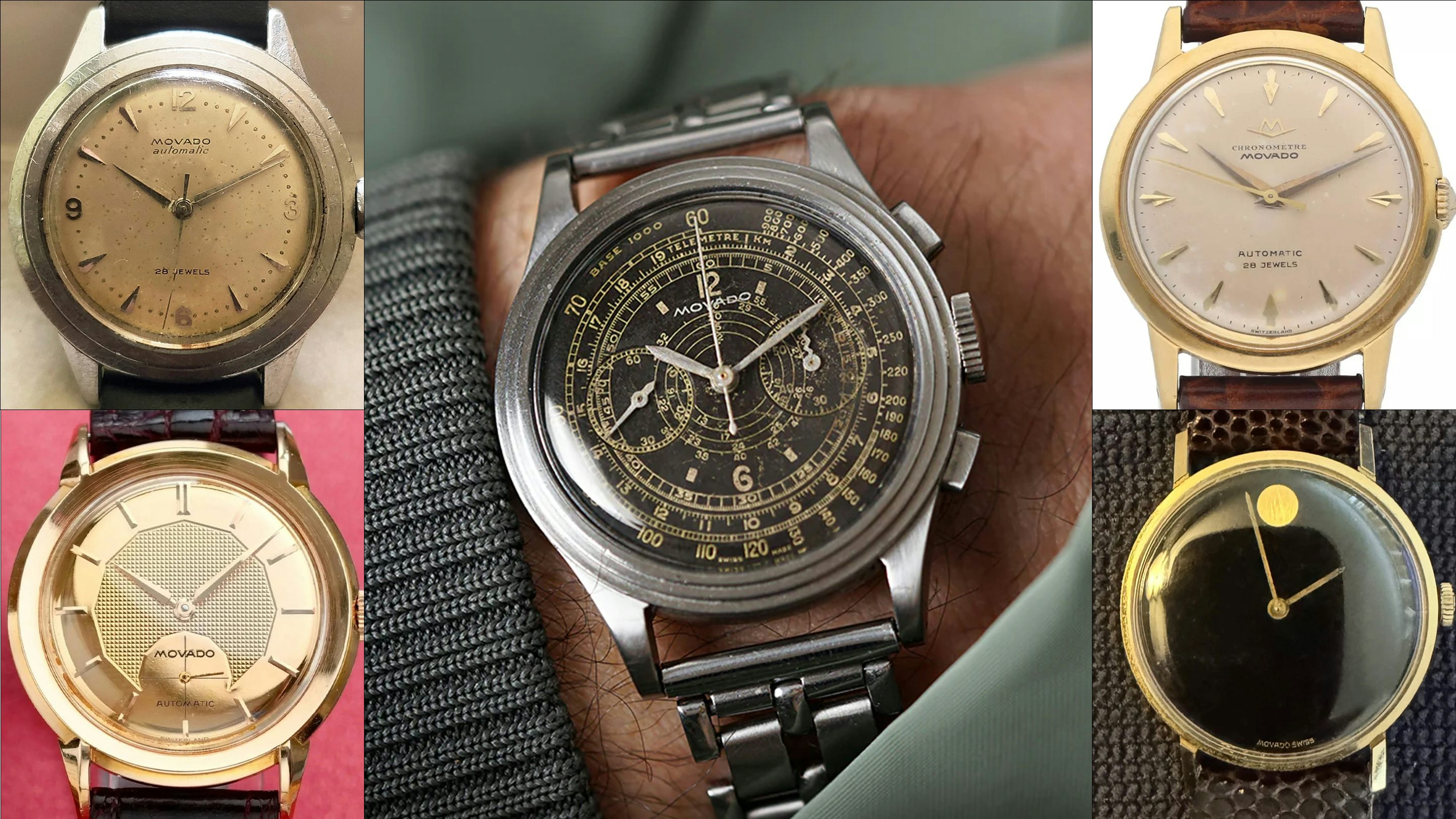
Happy Friday, and welcome back to Bring A Loupe! This week is all about Movado. Why Movado? Just over a year ago, shortly after I joined the Hodinkee Editorial team, we published an In-Depth story on vintage Movado wristwatches. After a decade of collecting the brand, I consider this article a crowning achievement of my editorial "career." For just as long, I've been a reader of Hodinkee (then an employee, then an editor), and seeing my favorite underappreciated vintage brand receive the proper Hodinkee treatment was the ultimate full-circle moment — even if I had to pen the article myself. I've featured many a Movado in Bring A Loupe since, but today's edition serves as a proper follow-up. Why now? Well, there's no time like the present, I guess.
The format will be similar to what you know and love from this column, with a twist. For each pick, I'll present one watch worth buying and at least one that I wouldn't wish on my worst enemy (I'm only half kidding). Even if you're tired of reading my ramblings about this brand, the green flags and red flags I touch on here are universal in vintage watch collecting. Be it a Movado or not, this should help develop one's eye for things like redials and polishing in the "bad" column and overall quality in the "good."
Enough setup, onward to the picks!
1950s Automatic with François Borgel (Taubert)-Made Stainless Steel Case
Reference 11151.
Let's start with Movado's do-everything, go-anywhere offering, the stainless steel automatic with a waterproof case by François Borgel, also referred to as a Taubert case. I prefer to use Borgel, but that's a debate for another time. Movado produced wristwatches like this for decades, starting in the 1940s with manually-wound movements, then "bumper" automatics, and finally graduating to in-house calibers inside to full rotor automatics in the mid-1950s. The equation is simple for this type of watch. The case provided by Borgel was among the best water-resistant supplier offerings in Switzerland, and the movements, always produced by Movado itself, were right at the cutting edge of horology at scale.
To contextualize these Movados, it's fair to say, in my mind, that they sit somewhere between a contemporary Rolex, such as the Oyster Perpetual "Bubbleback," and Patek Philippe, like the reference 565 Calatrava — also with a Borgel-supplied case, by the way. These are thinner and slightly smaller in diameter than a Bubbleback, leaning a bit more towards a "dress" watch by today's standards and, put simply, not quite as incredibly well made as Patek's 565, though not far off.
The "bad"
Through years of looking at eBay listings and owning a few of these, I have found case diameters to be between 28mm and 35.5mm, across the range of references produced, which fall into this category. The most common case to be found is that with a stepped bezel and simple, angular, and faceted lugs, the shape seen in our "what not to buy" example. Typically, these measure between 31mm and 34mm with a 16mm lug width. The sizing isn't for everyone, and it's honestly why I've always ended up selling the handful that I've owned over the years, but they're always worth the price of admission, regardless.
Look out for redials, a colloquialism for the various levels of dial interventions. This older refinished dial, complete with what appears to be radium luminous material, should be an easy spot even for the novice. You'll want to start with seeing at least some sort of Swiss designation on the edge of the dial at six o'clock — this example is entirely devoid of one. A key note here for Movado is that the vast majority of original dials were signed "Switzerland" in this location. Beyond that, the dial fonts are sloppy, and this isn't a dial design I've ever seen before — because it is a "piece unique" in a way. Oh, and the case is polished a bit.
Reference 11151.
Reference 11151.
In contrast, here's one you want to buy. The reference 11151 is among the final generation of this family from Movado. Produced in the latter half of the 1950s, this larger Borgel case has a more pronounced bezel and measures approximately 35 or 36mm in diameter. It is importantly powered by the Movado caliber 431, the brand's first full rotor automatic movement, which was produced from 1956 to the early 1960s. This watch is a culmination of this type of watch from the brand, though by this point, sales appeared to be declining — we just don't see many on the vintage market. Condition-wise, this one sports its original dial complete with "Switzerland" at six and clean, crisp fonts. There is a bit of dial patina, but I look past that, mainly because it is even throughout. The crown is replaced, but that can be fixed. Finally, the case is extremely honest, certainly never seeing a proper polish at the hands of a local jeweler — you love to see it.
An eBay seller in Naples, FL, has put this ref. 11151 up for auction, ending Saturday, August 23rd at 6 PM ET. Check it out right here.
1950s Automatic Chronometer with François Borgel (Taubert)-Made 18k Yellow Gold Case
Sticking with the theme, Movado offered similar automatic time-only options in solid gold as well. In these examples, we see the same Borgel cases, though in precious metal, and similar, although sometimes more premium in-house calibers. In my mind, watches from this category were likely more direct competitors to the Pateks and Vacherons of the world in the 1950s, albeit at a slightly lower price point to consumers. Movado was offered alongside these brands in the showcases of Tiffany & Co. at the time, and I believe their offerings were positioned as nearly on par in terms of quality, yet a good amount "cheaper" — I mean dozens of dollars!
The brand produced a good number of solid yellow gold wristwatches in the vintage period. Even more when you consider all of the examples that have likely gone the way of the dodo, victims of "What's this a mall watch? Melt it!" thinking. What you'll want to look for here is originality, of course, but also Borgel water-resistant cases or at least Swiss-made cases, and full rotor automatic calibers, sometimes chronometer-rated even. Our "buy this" example is just that, a chronometer-rated full rotor Movado caliber 436, an upgrade to the 431, in an 18k yellow gold case by Borgel, and with a Stern Créations dial.
That last point is worth explaining. Stern was the best dial maker in Switzerland at this time, producing for Rolex, Patek, and the rest, including our very own Movado. The best way to tell if a dial has been produced by Stern in the world of assessing vintage Movado on the internet is via the markers, and these indices are a known Stern offering. The condition is nice too, with a full case, not the crisp lug holes, and another even patina on the dial.
That's a great watch; the below are not. The Tiffany-signed example is likely a complete farce. As has been covered, Movado was retailed by the great American shop, but this one likely was not — that Tiffany font is wrong, as is the sub-seconds register printing. The middle example, a bumper automatic powered watch, has a US-made 14k case, which can be fine, but not when paired with yet another sloppy and obvious refinished dial. And our last offender is really close with a water-resistant Swiss case and a dial that almost looks the part, but I don't trust the fonts — I lean heavily towards a reprint here as well.
The best of the bunch here, and the only worth buying, is listed for sale by Satasota Watch Company for $2,299. Get all the details right here.
1930s 90M Chronograph with Stepped Bezel Case and "Multi-Scale" Dial
Pre-1970s Movado chronograph collecting is probably the most appreciated category from the brand. Put simply, people love these watches — and rightfully so! The in-house, two-register caliber 90M was introduced by the brand in 1938 as the world's first two-button modular chronograph movement. A year later, Movado debuted the cal. 95M, a three-register variant. Both were quite innovative and served as the backbone of the brand's chronograph offering for the next three decades.
You can spend some serious money on Movado chronographs. Though clearly biased, I find these dollars well spent for the most part, but I do have opinions. If you're looking for a 95M in a Borgel case, hunt and wait for a panda or reverse-panda dialed example in excellent condition. You're not going to pay all too much more, and they're less common but simply better. These are one of the better chronograph offerings of the 1960s, from any brand.
As for earlier Movado chronographs, a collector would be wise to be very picky about condition here — especially dial condition. In general, look to pay a bit more. I'm not talking about $50,000 here, but you're better off spending over $20,000 on something truly special, like this super rare and super early, black multi-scale dial example, rather than something more standard. A stainless steel case is something I look for in this space as well. I've found most early Movado chronographs to be gold, and that makes them somewhat less interesting to me.
Rather than spending nearly $15,000 on this gold M90, retailed by Mappin & Webb, I'd save a bit and spend more on the steel, black multi-scale dial — but that's just me. And, by the way, there's nothing wrong with the Mappin watch; if that's your speed, then have at it. Though I will note it's generally better to buy a non-luminous watch if you can — these radium dials and hands do tend to age poorly eventually.
The seller, Alfonso at The Time Curator in Barcelona, is offering this black multi-scale dial M90 for €23.000. Click here to check it out in full.
The Museum Watch…
Part of loving vintage Movado is shunning what the brand grew to become in the decades since the so-called "golden years." That typically means a guttural reaction when faced with any iteration of Nathan George Horwitt's Museum Watch design. As someone who hunts on eBay for great vintage Movado, I've become a pro at scrolling the page and watching the simple dotted dials fly by without paying much attention at all. That said, there is a way to collect this history in a way that pays reverence to both vintage Movado and the brand today.
I'd like to offer a manually-wound 1960s Museum Watch for serious consideration. Horwitt, a Russian immigrant living in the Bronx, designed this watch in 1947, first pitching it to Vacheron. A prototype was created by VC, and later by LeCoultre, but they didn't buy in. One prototype was accepted into the collection of New York City's Museum of Modern Art (MoMA) in 1960 and led, in part, to Movado buying in.
The first examples hit the US market in the early 1960s and were powered by the Movado caliber 246 and offered in American-made 14k gold cases in either 24mm or 32.5mm. These first-generation Museum Watches are quite hard to find now. Second-generation watches, powered by the caliber 352, though, can be found. If there is any Museum Watch to be owned, it is one of these larger size examples from either the first or second generations. Luckily, the good folks over at eBay have us covered, and a great-looking second-gen example has been listed for sale there. I'd much rather own this than a modern 42mm automatic Movado Museum Watch for about the same money — what say you?
An eBay seller in Orlando, FL, has put this vintage Movado Museum Watch up for auction ending Sunday, August 24rd at 4:45 PM ET. You have the option to buy-it-now for $3,750. Click here to see it in full.
1950s Gentleman in 18k Red Gold
Ending on one without comparison, mainly because I wasn't able to find a "bad" Gentleman for sale at the moment, but this watch is too good not to feature in an all Movado Bring A Loupe. This branding is one that Movado started to use in the 1950s on time-only, thin dress watches, typically in larger sizes and with gold cases. The Gentleman seems to have been positioned as a premium offering. Towards the end of the 1950s and into the 1960s, we started to see this style of Gentleman from the brand, with various styles of guilloché finishing in the center of the dial. The classic dial design features a square block of guilloché, and there are many different references featuring that, but here we have a rare "pie-pan" design. Beyond the tone-on-tone dial, the case is not only thin but features interesting lugs which the seller describes as "twisted spider" in shape, which are paired with a concave bezel. The details here are really incredible.
Gentleman examples like this represent the final iteration of true vintage Movado prior to the brand's merger with Zenith in 1969. I have a Movado catalog from the mid-1960s, which features some pretty crazy, gemset Gentleman variants — our old pal John Goldberger recently posted one of these to his Instagram. From what I can tell, these super luxurious offerings were the brand's last-ditch effort in the face of financial struggles. When you're a watchmaker doing things the right way and not having enough success to sustain on your own, back against the wall, you might as well show everyone how great you are. Even if doing so is a gamble, at least you can say you made the best watch you possibly could.
The seller, Dylan at Goldfinger's Vintage right here in New York City, is offering this red gold Gentleman for $8,295. Get all of the details right here.

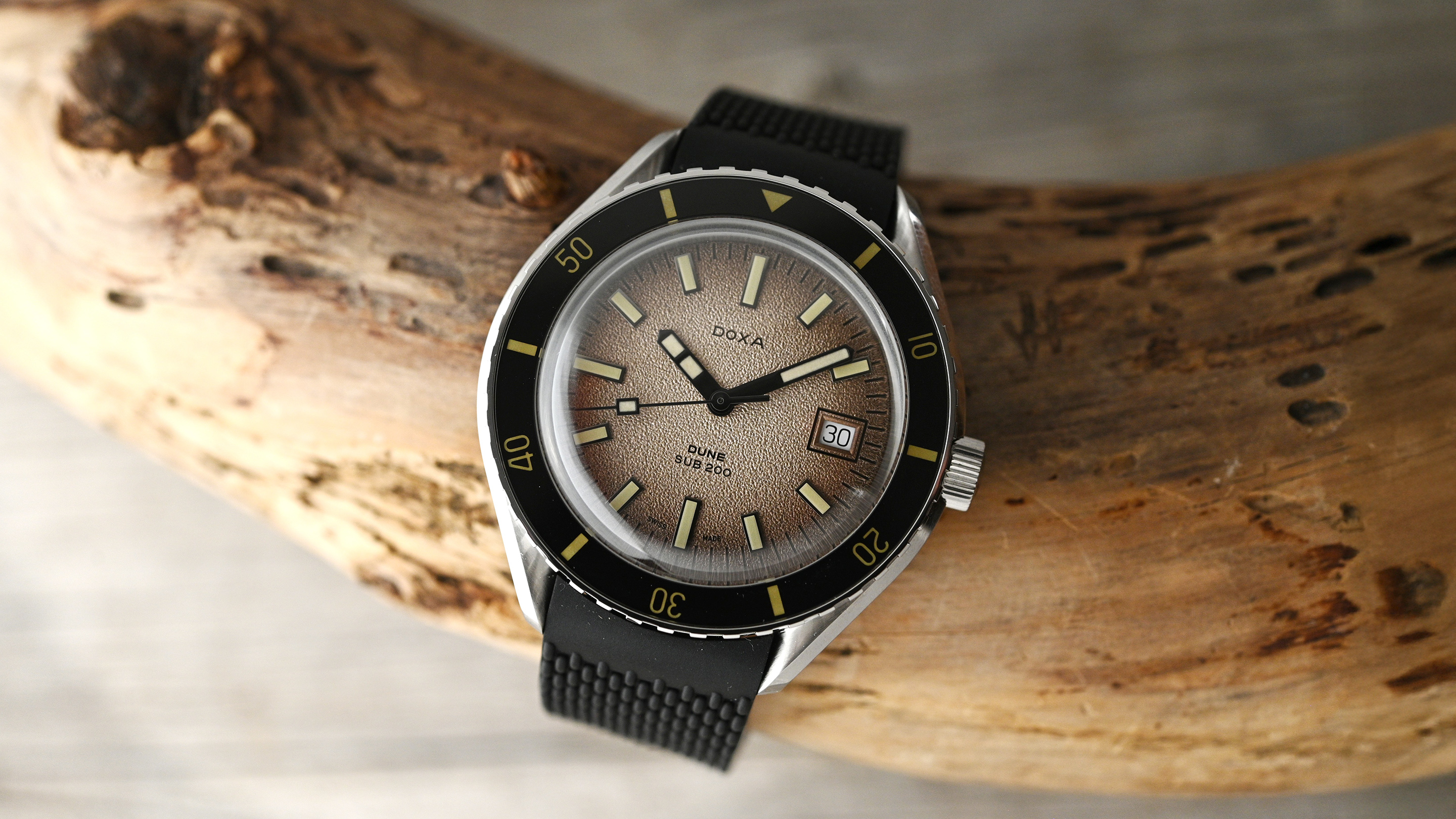

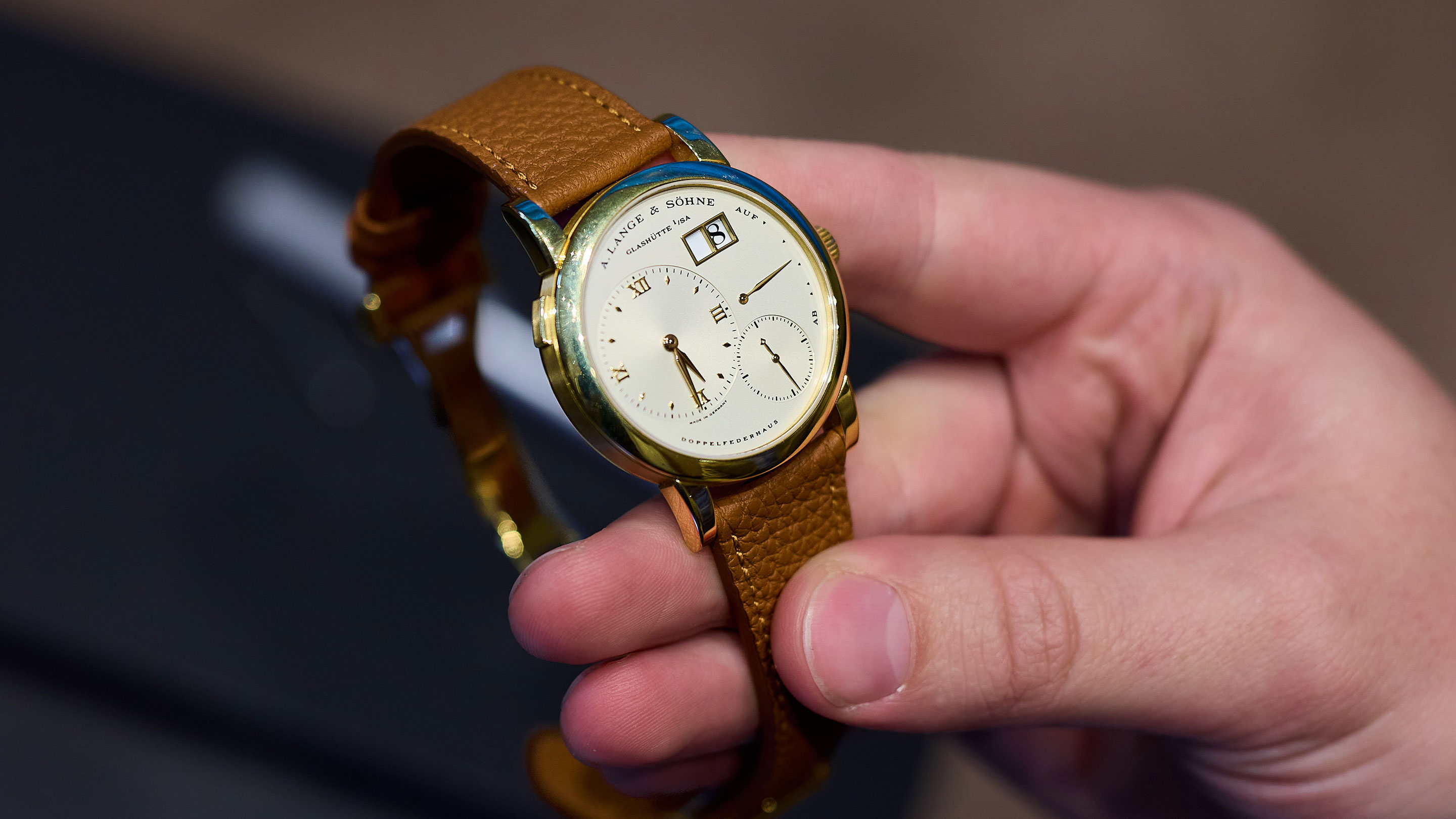



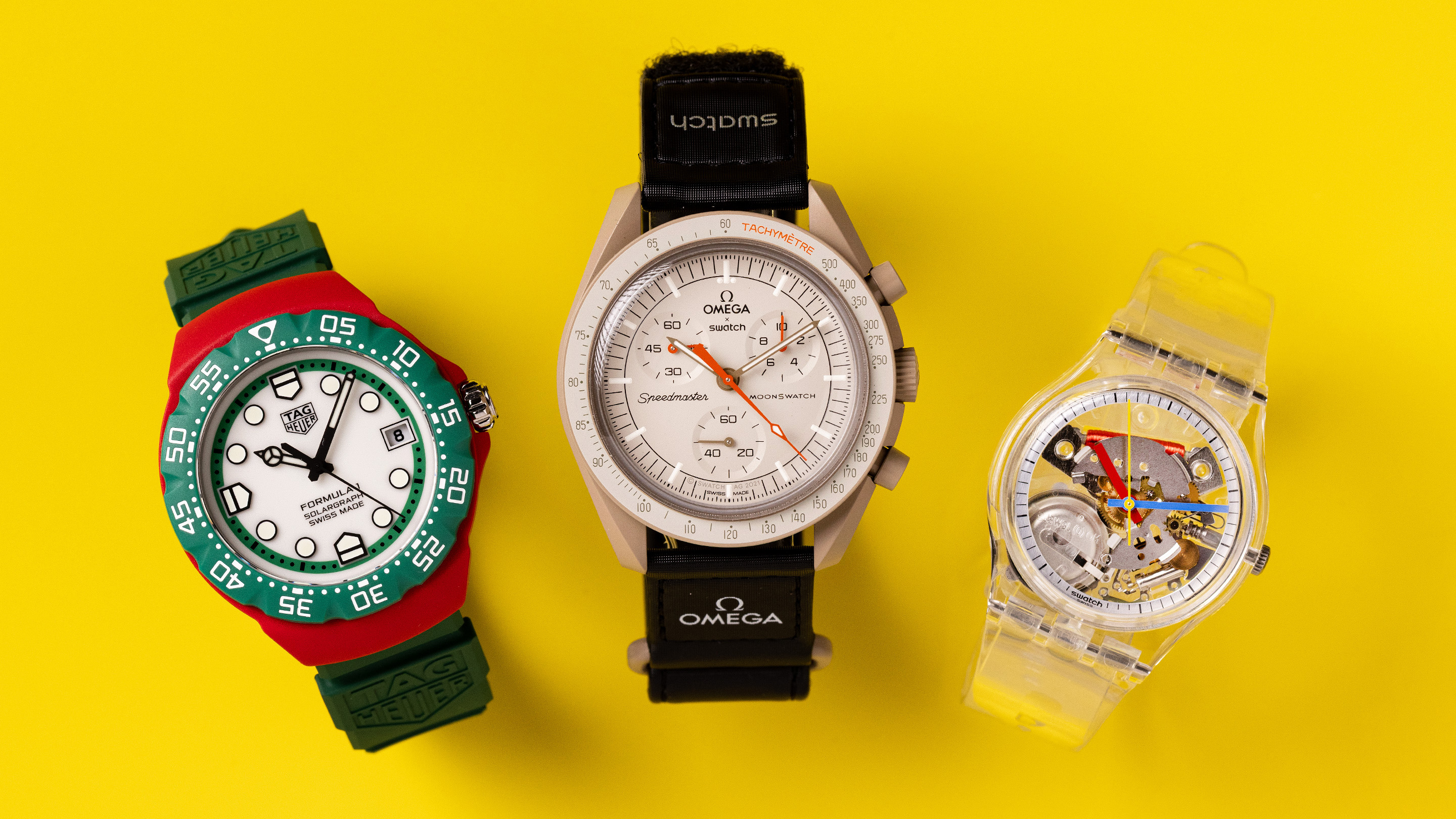
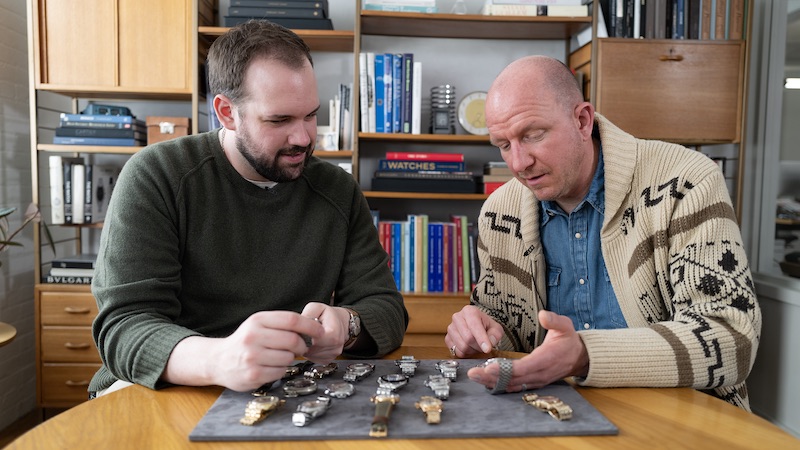



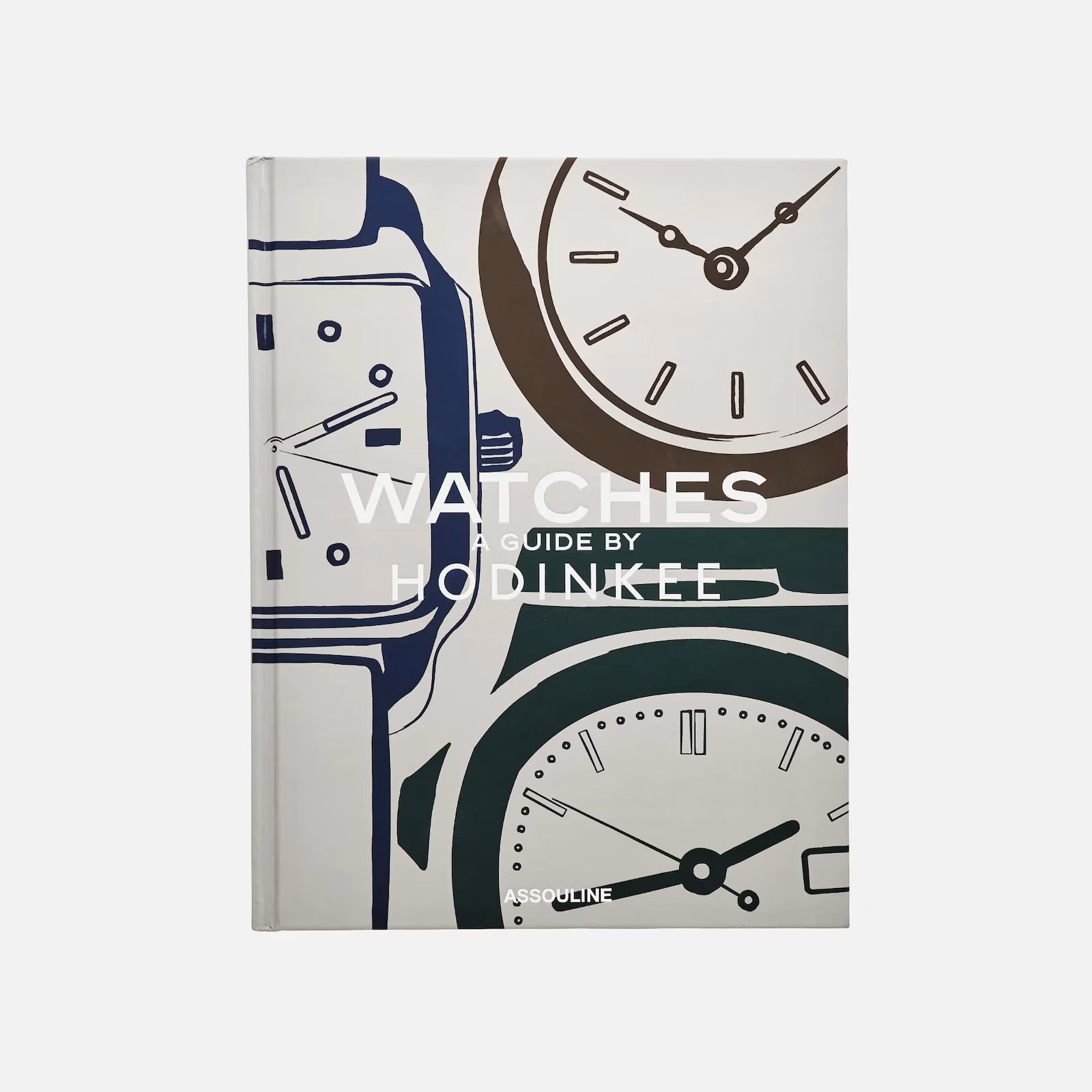








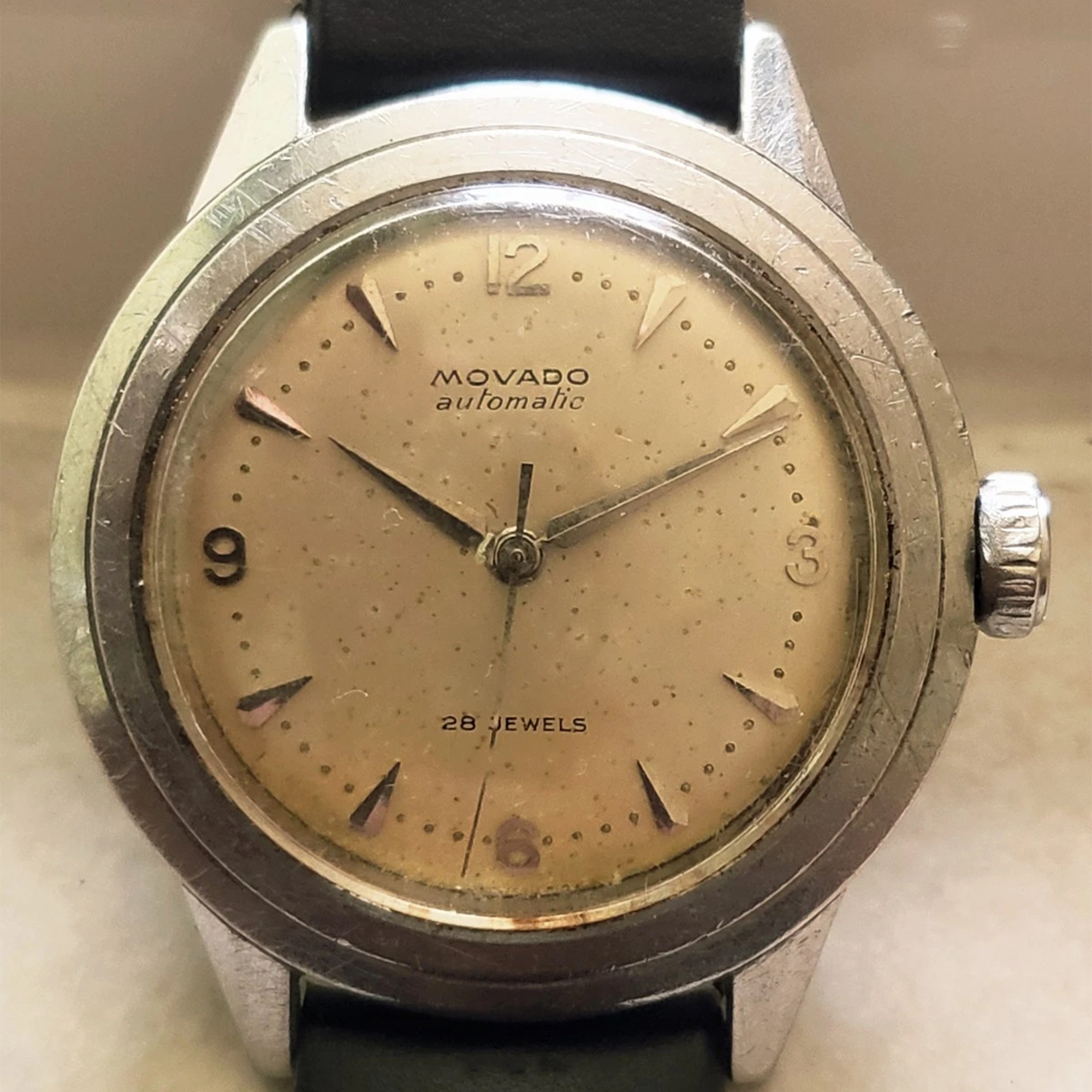

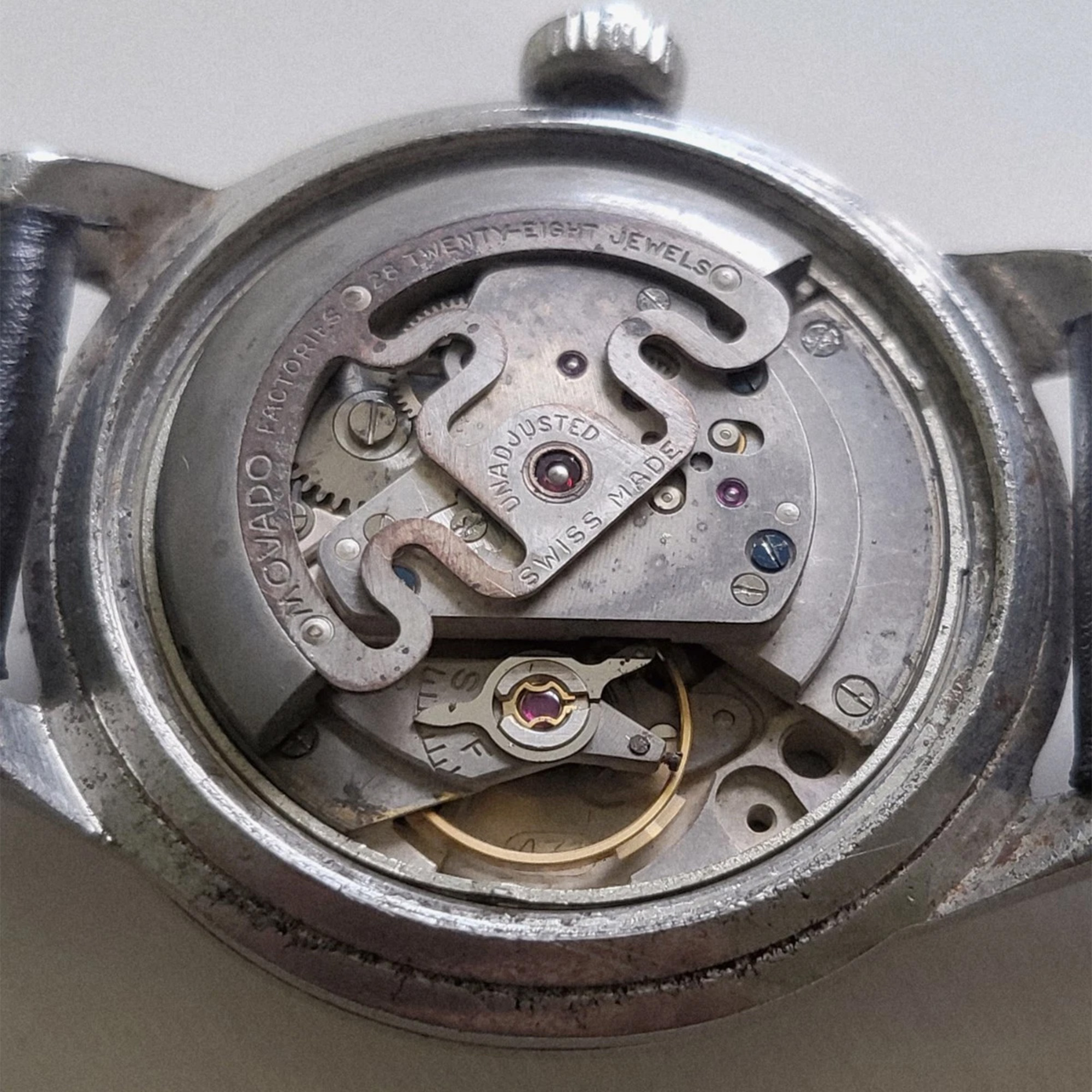
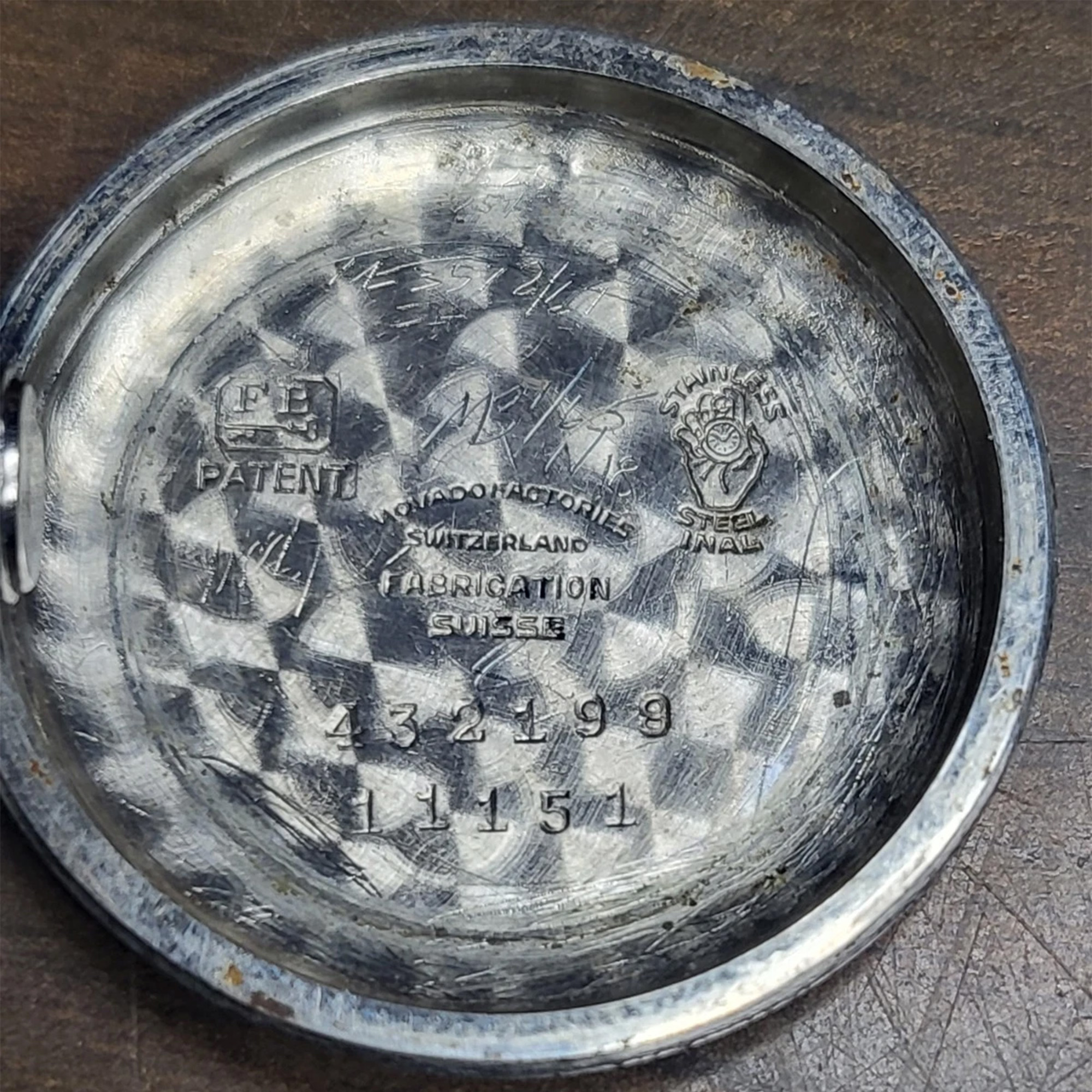
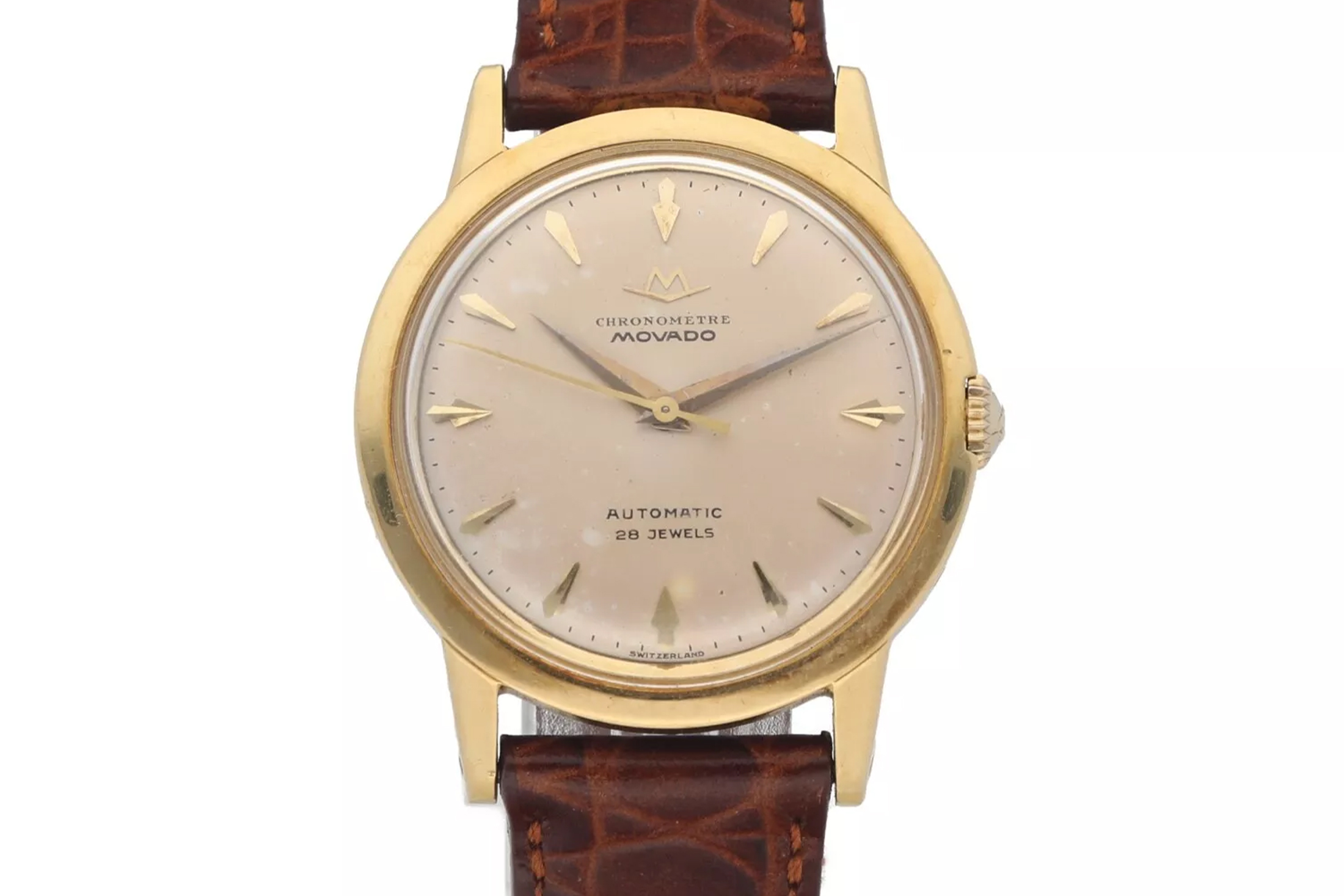
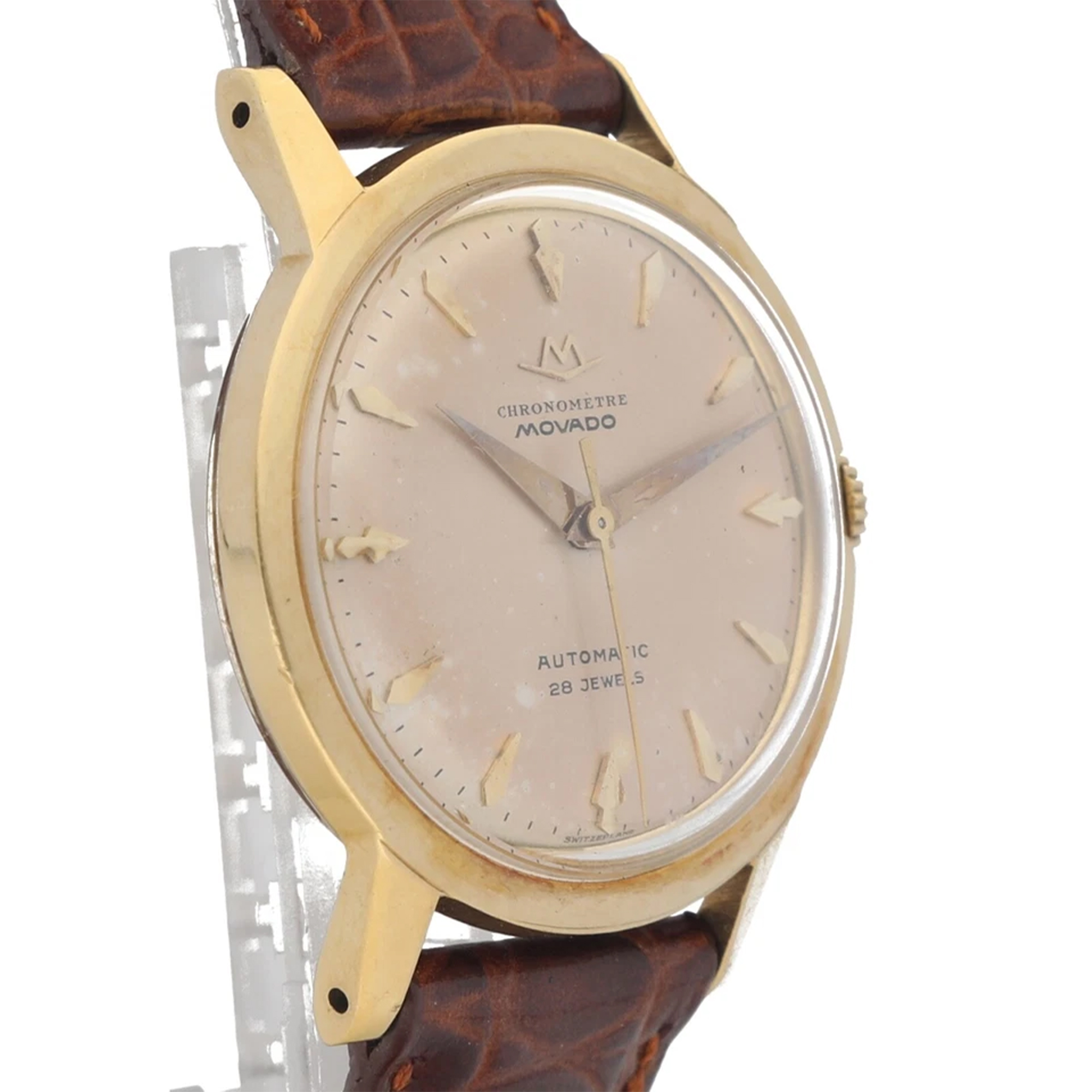

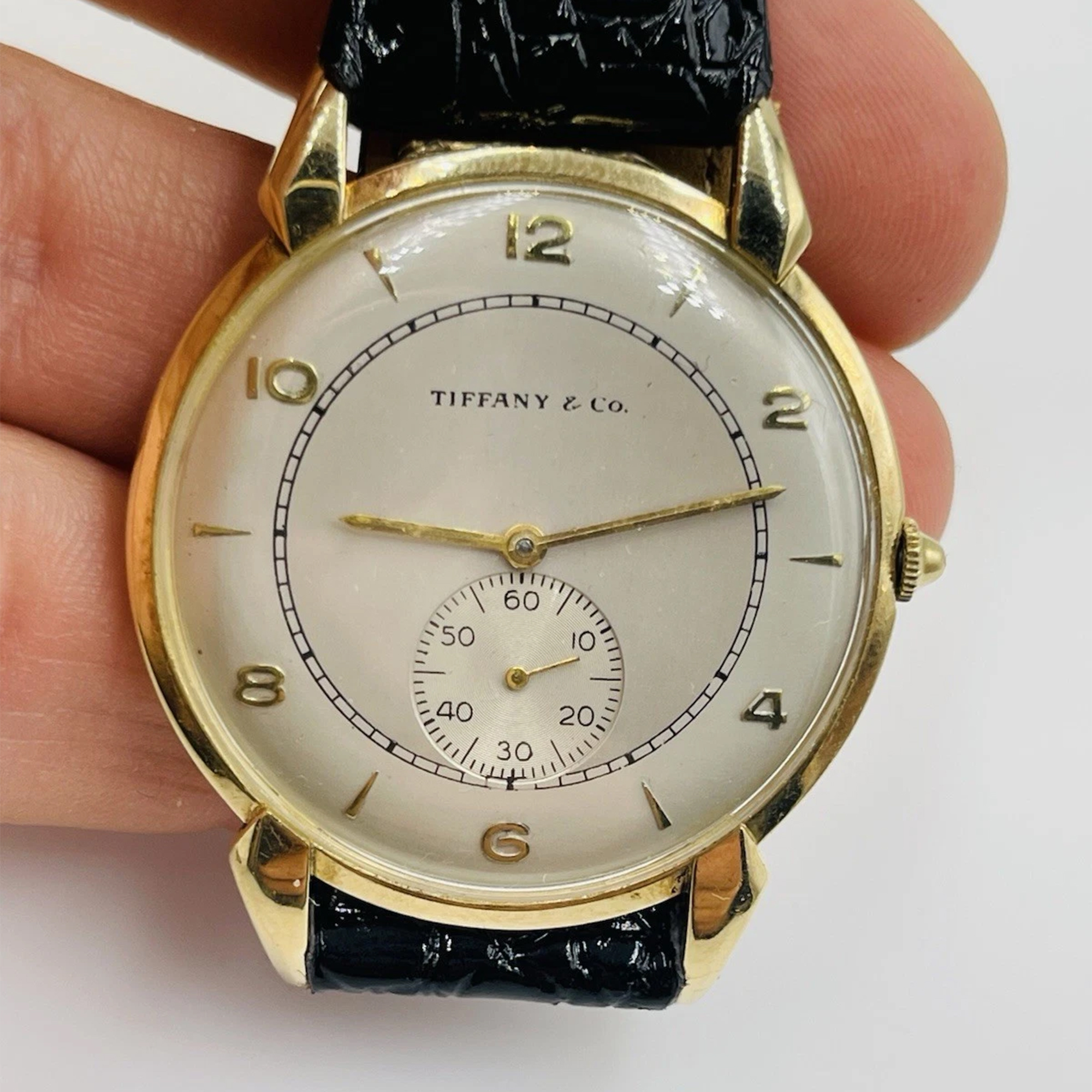
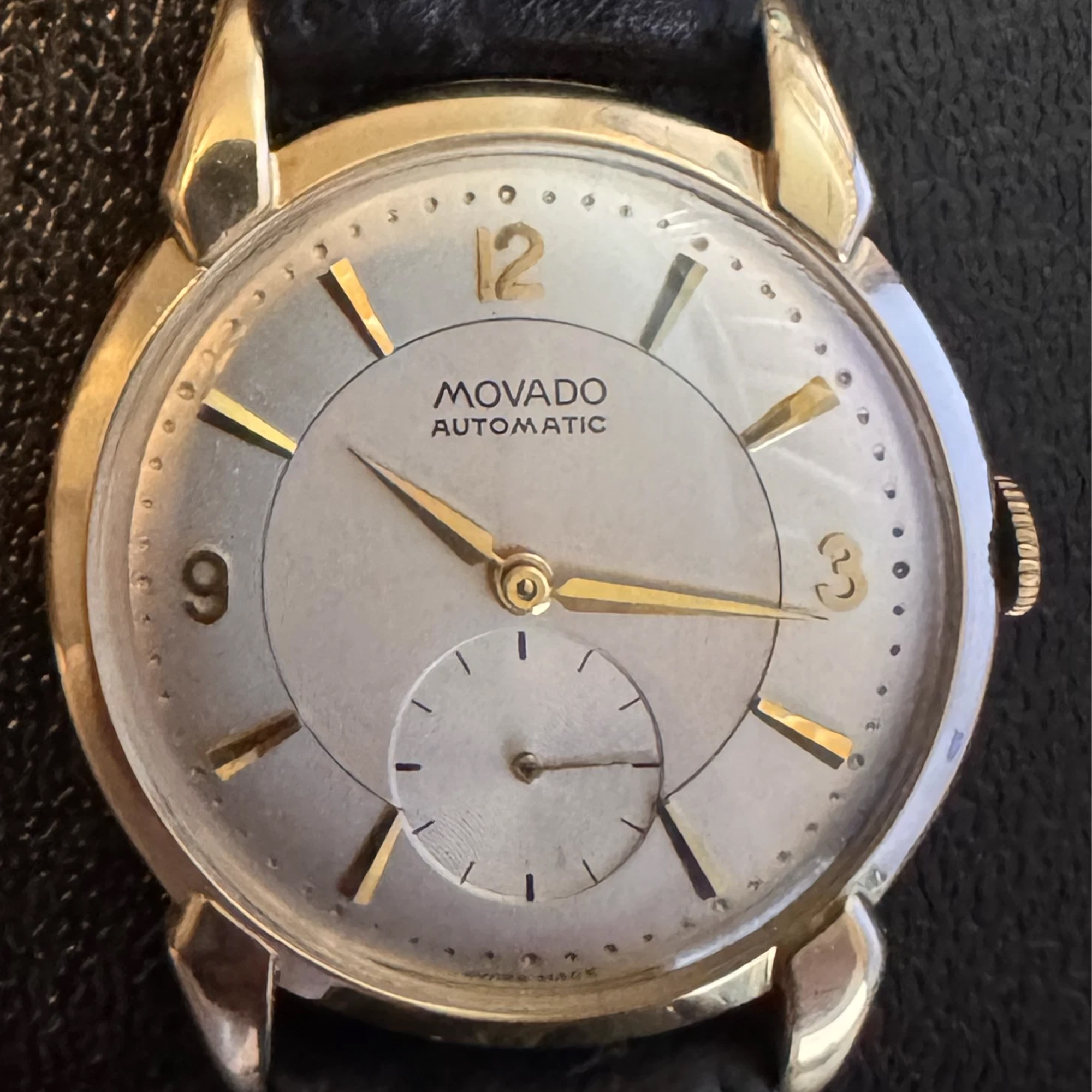
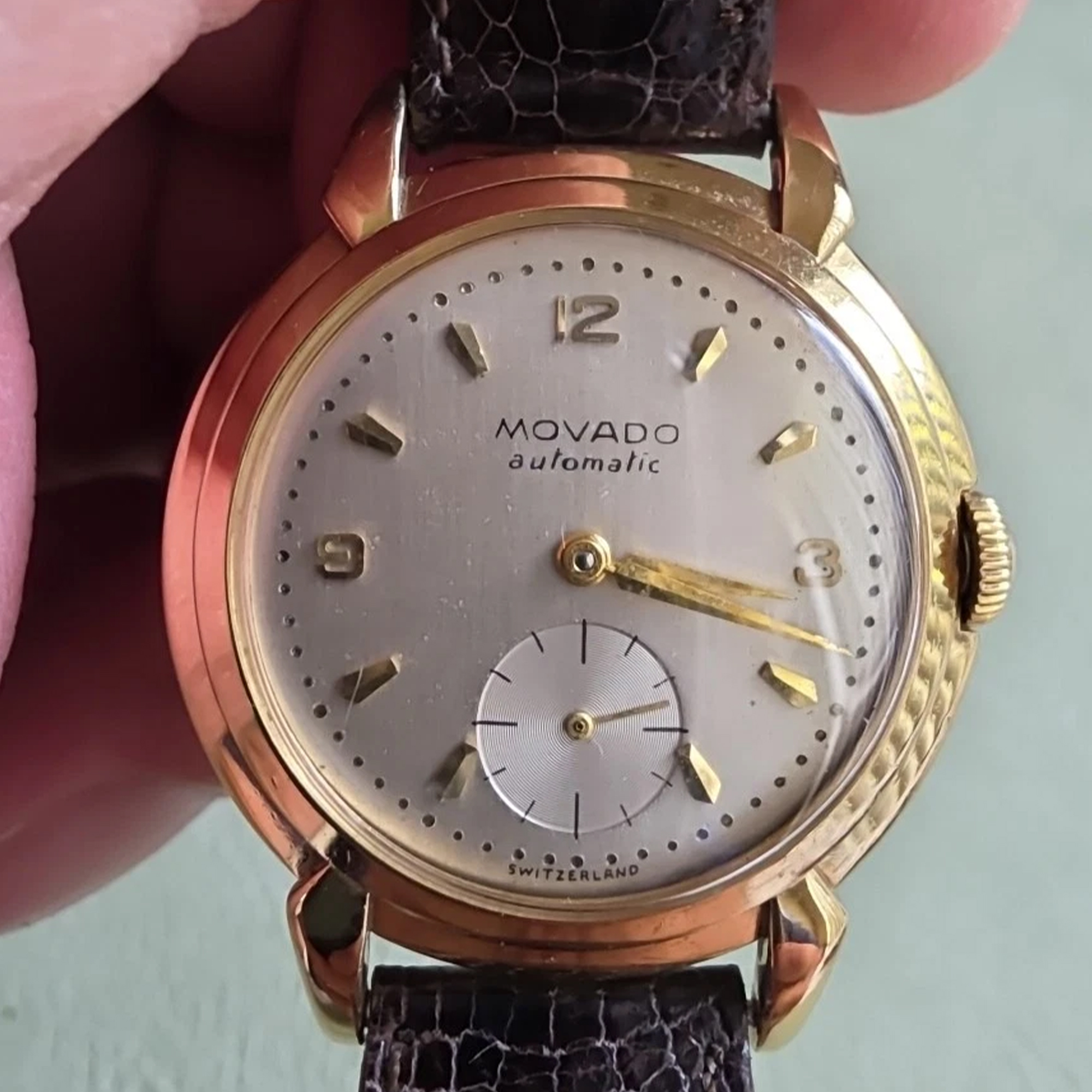
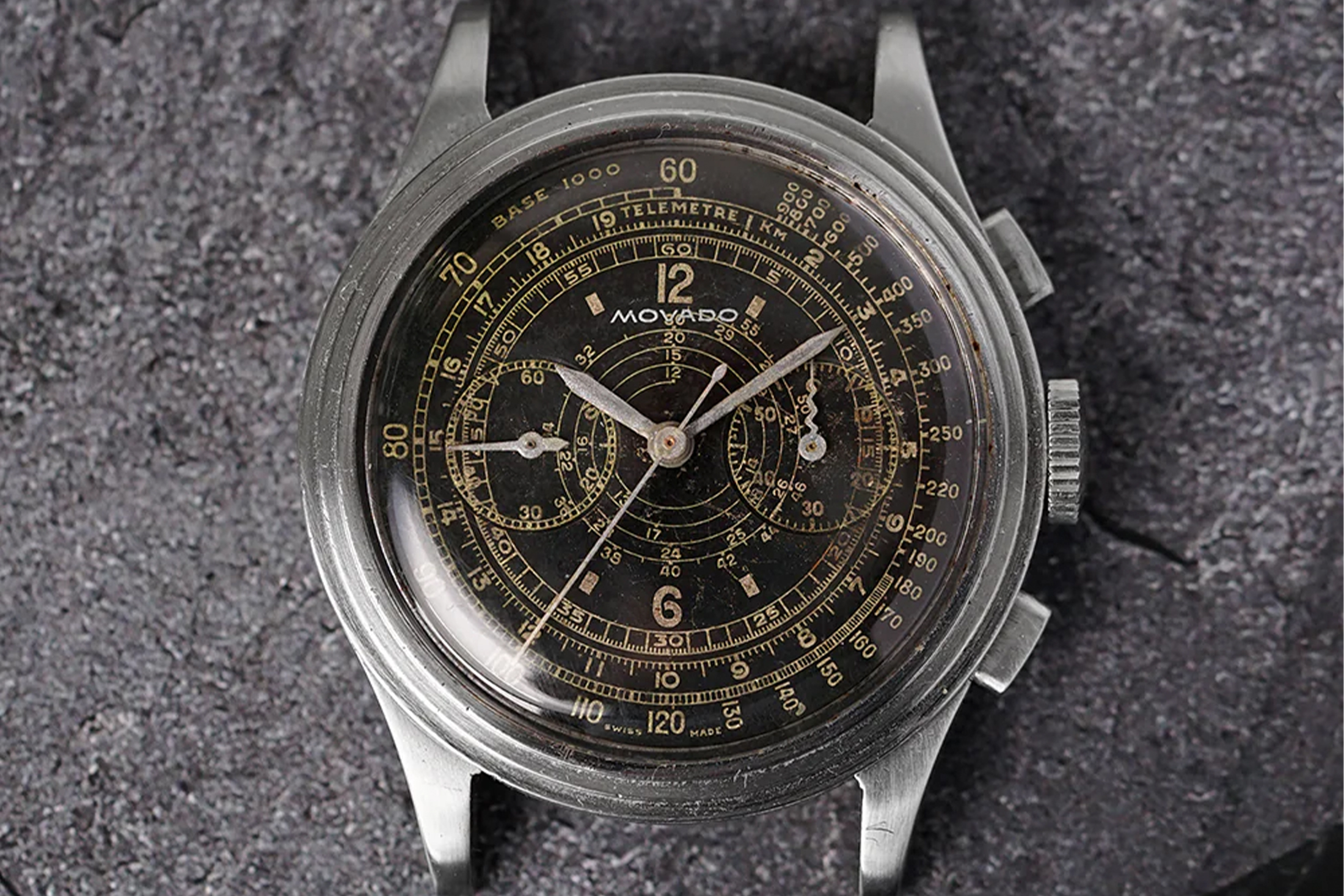

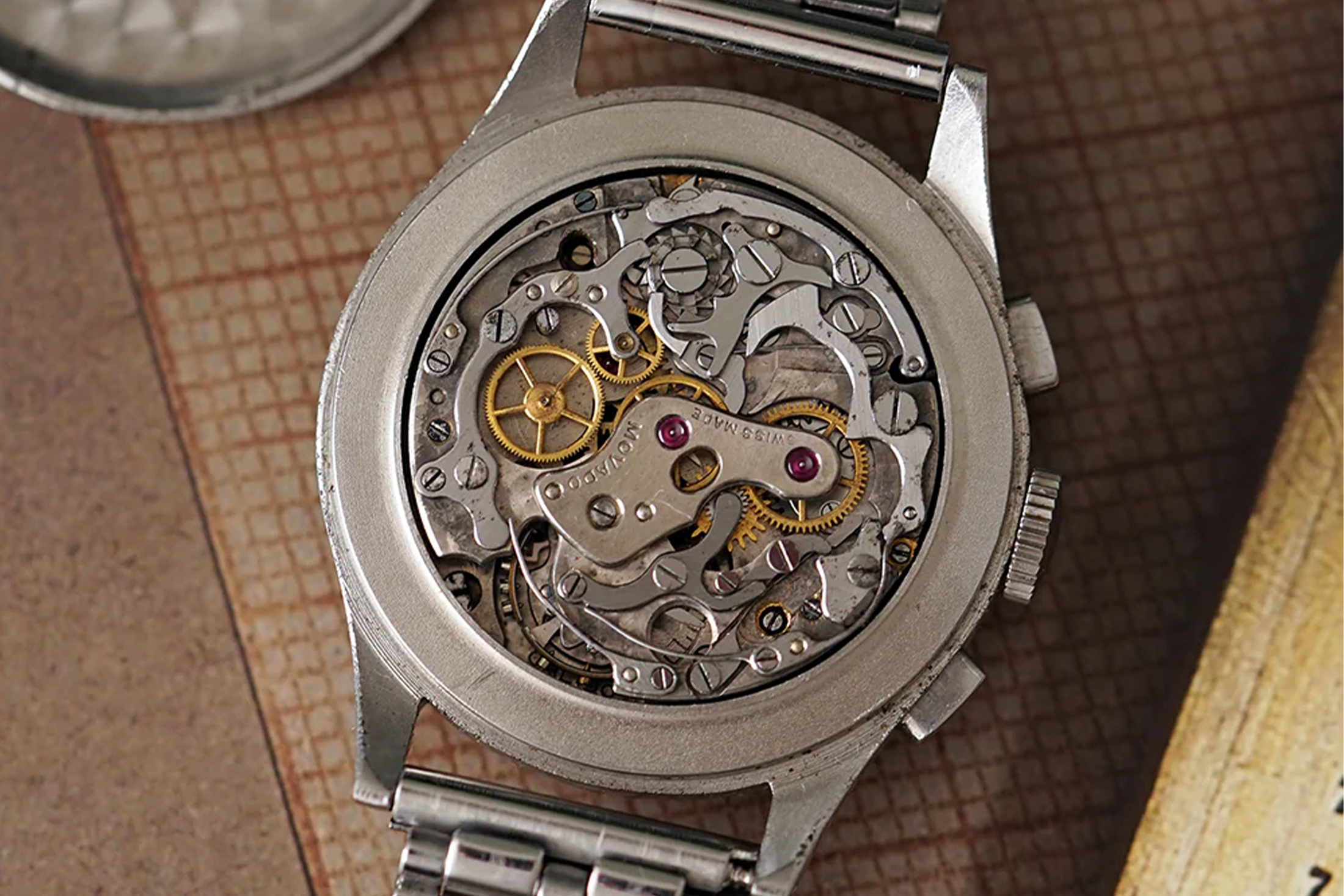
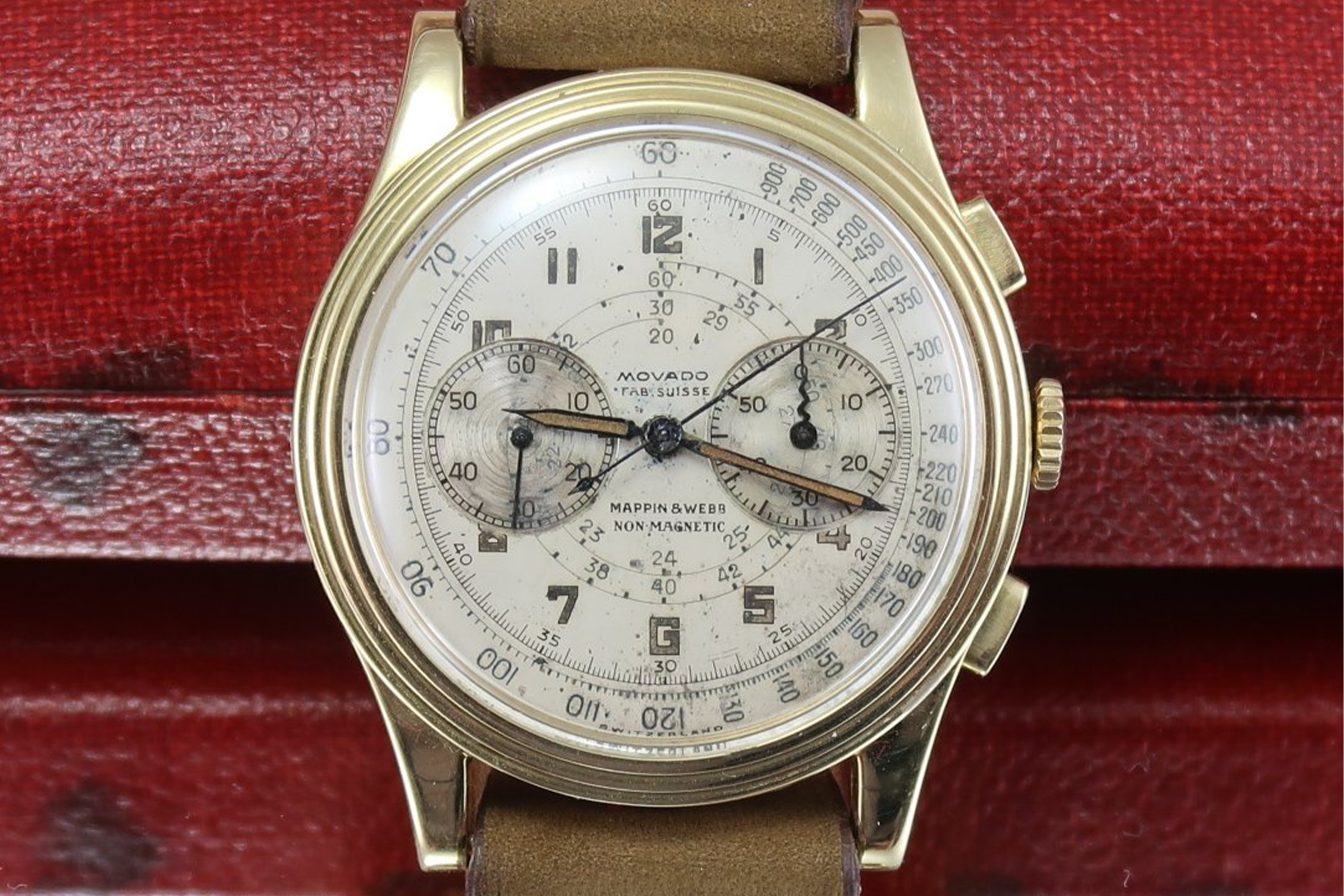
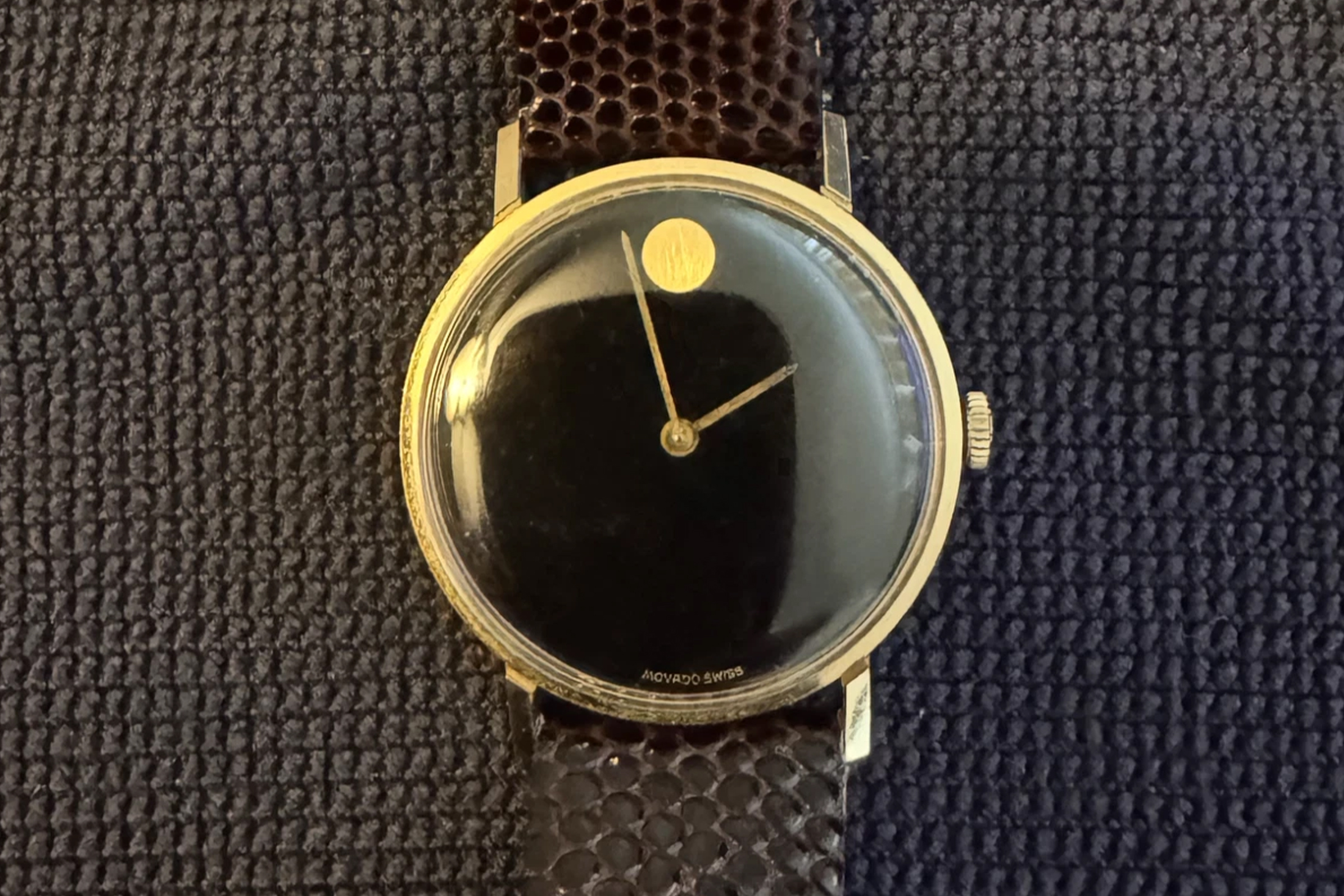
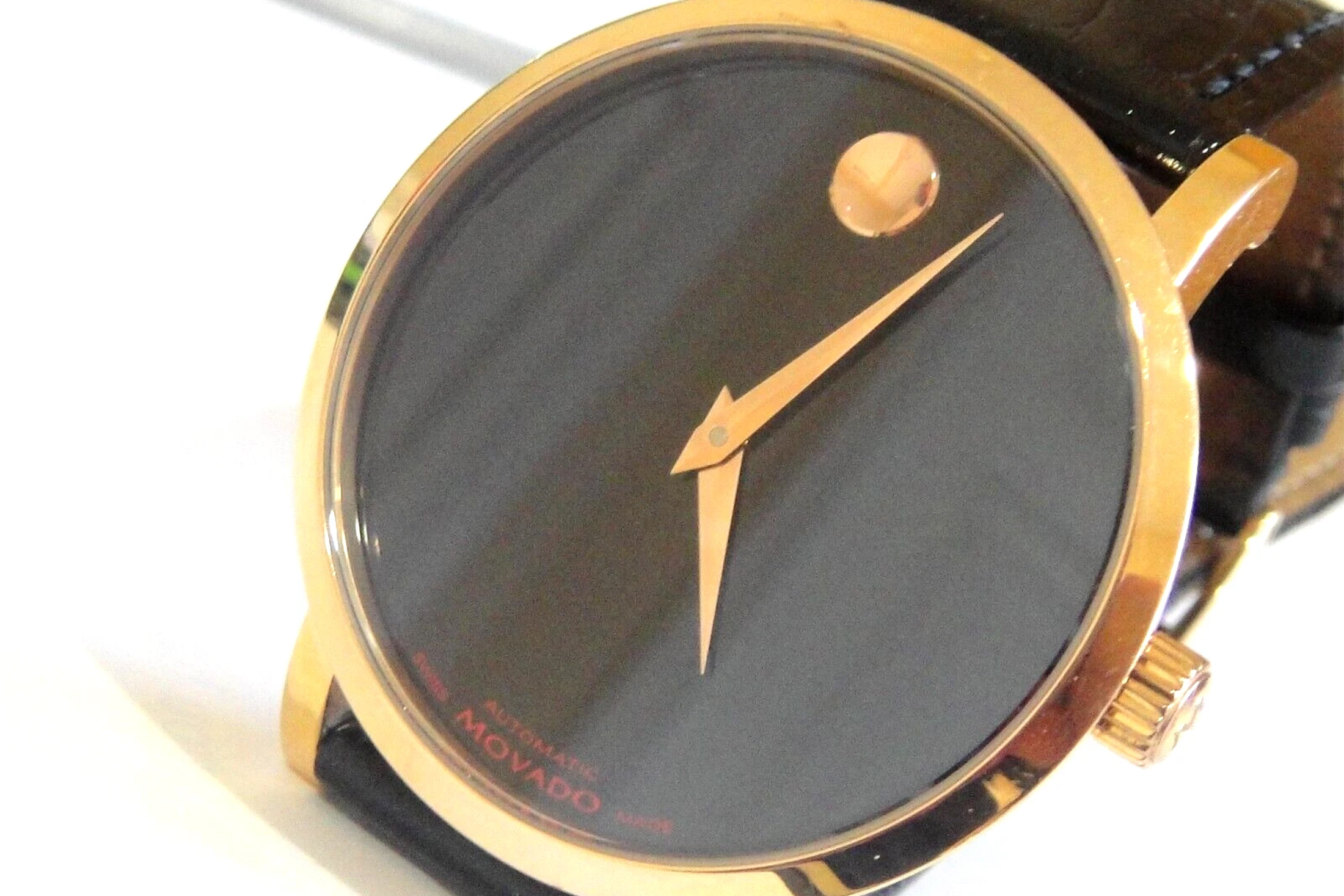
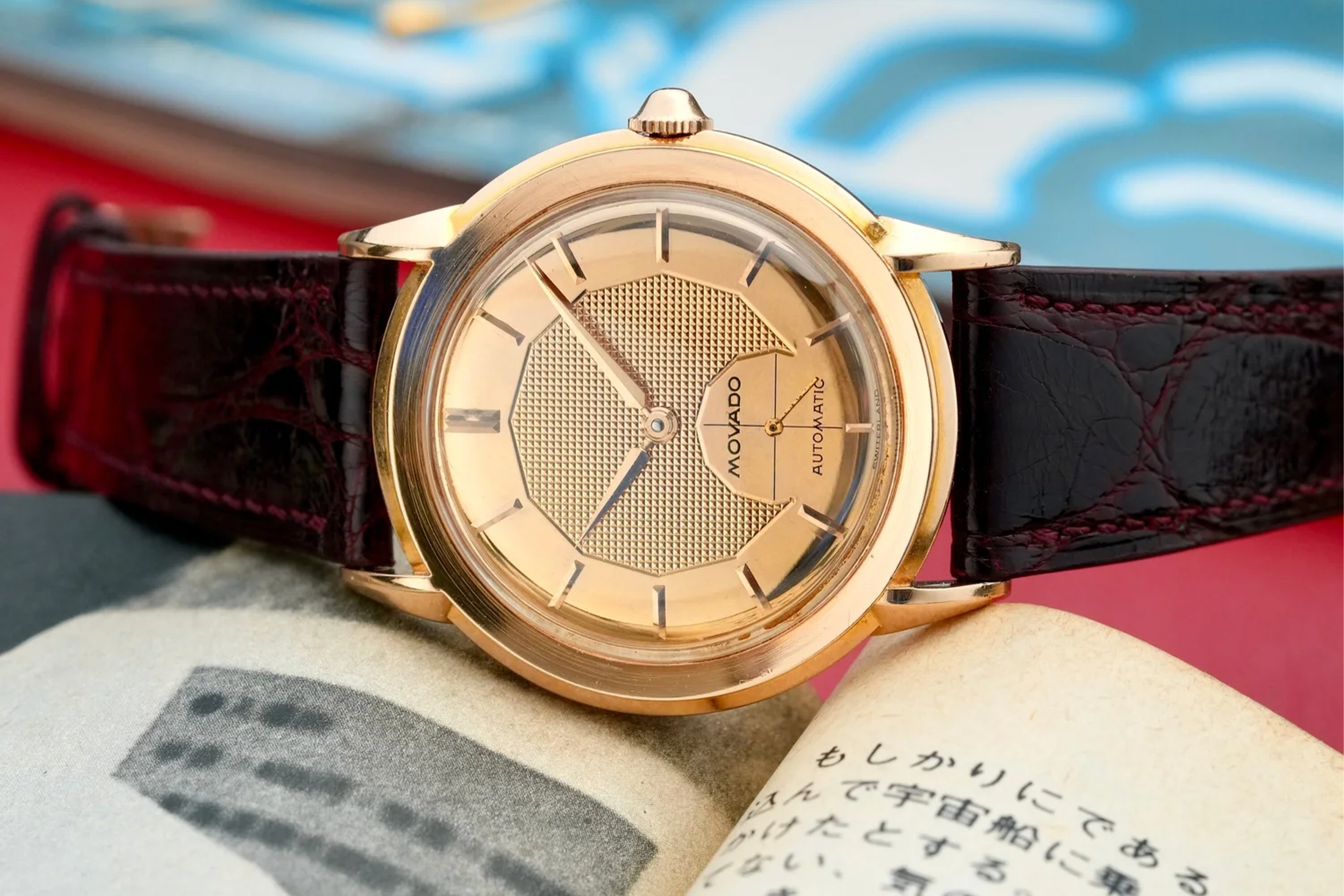
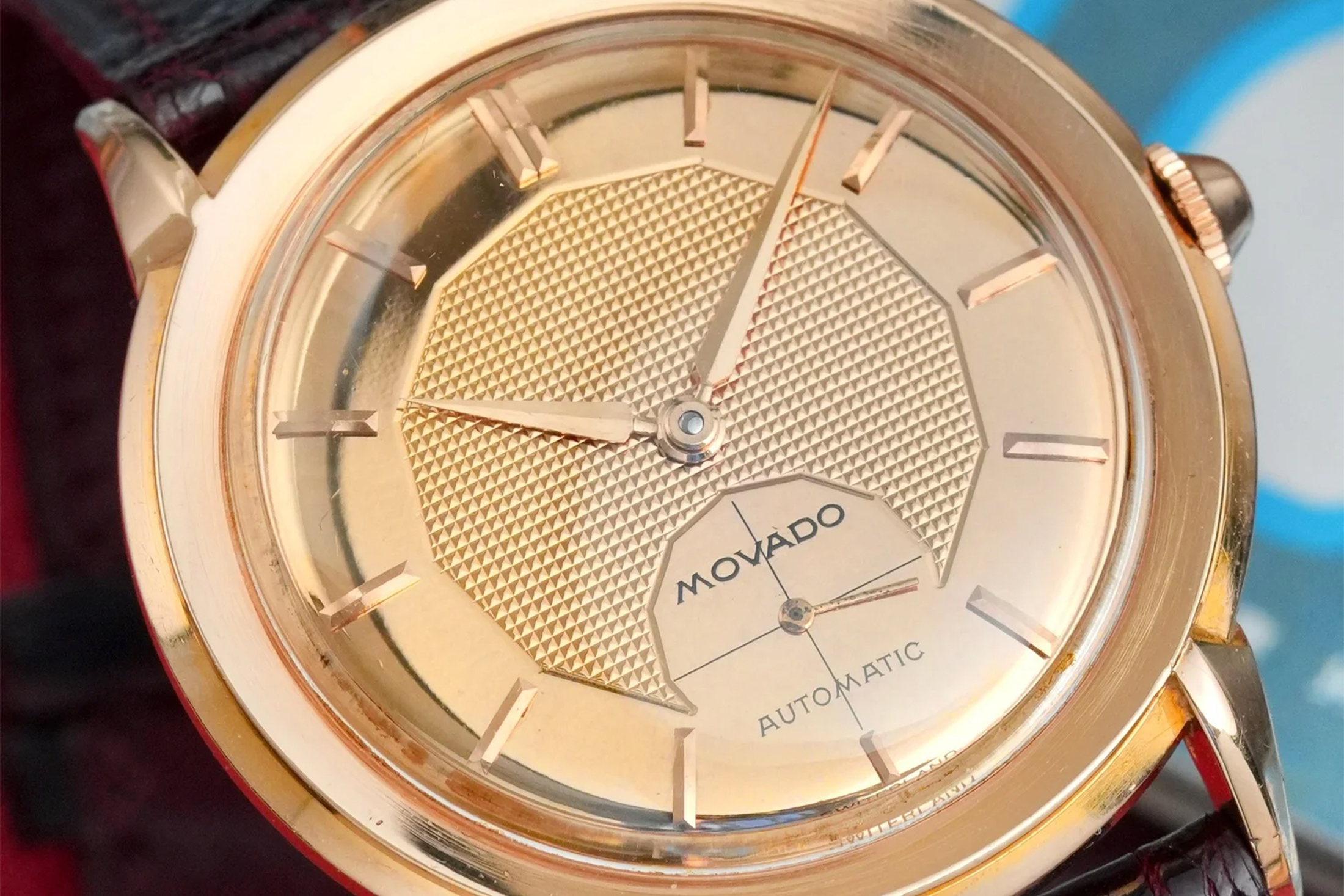

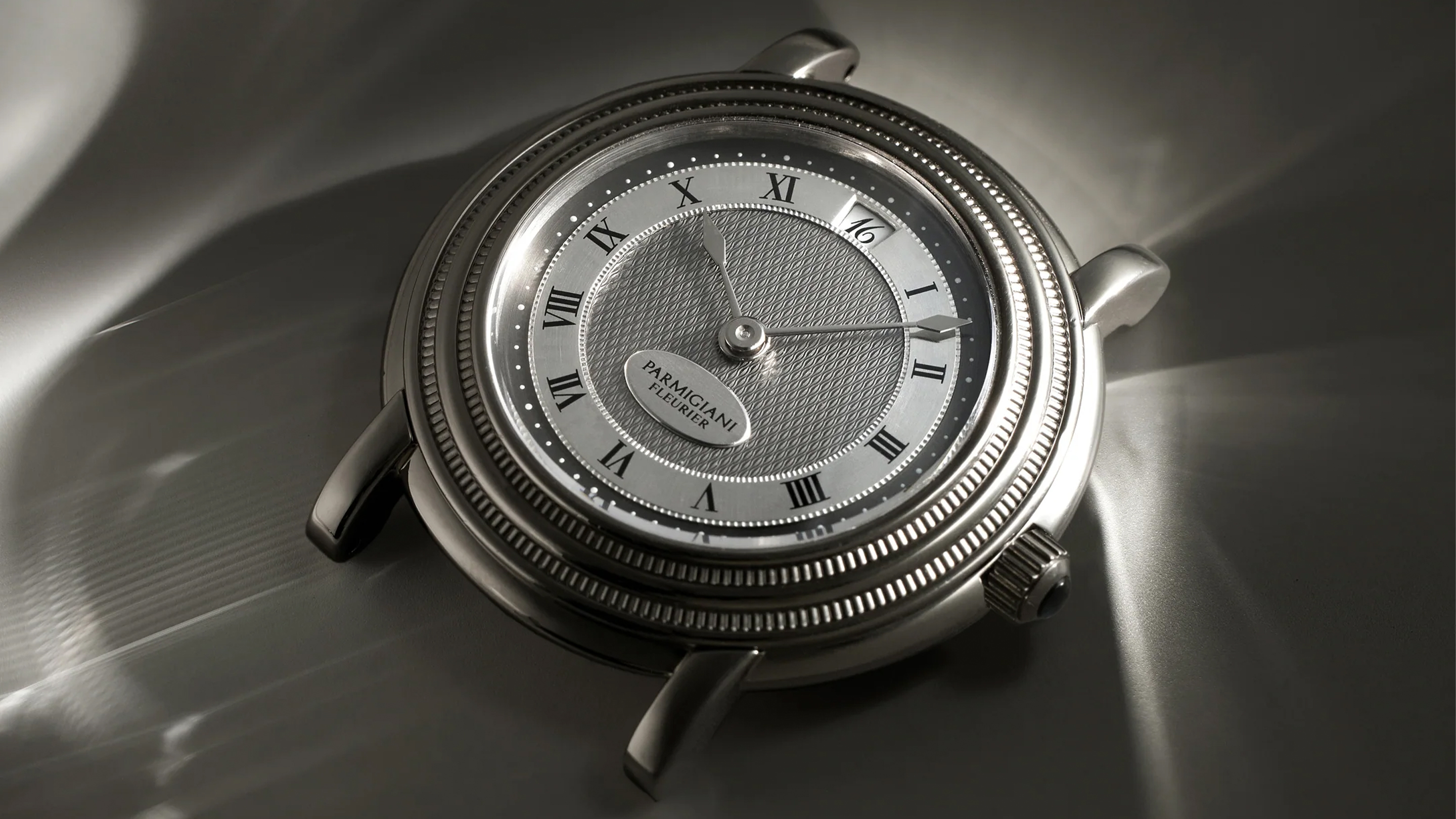

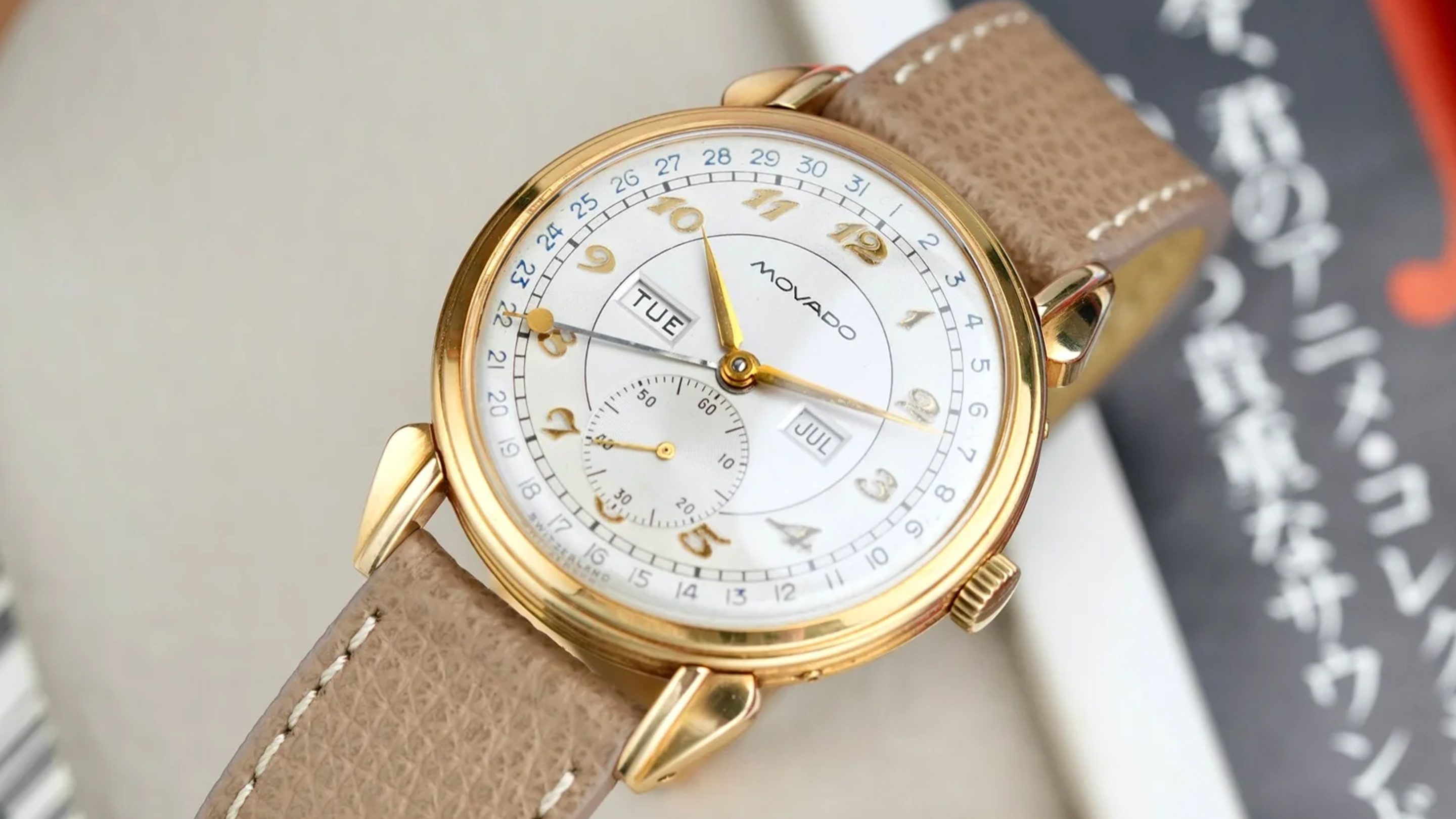
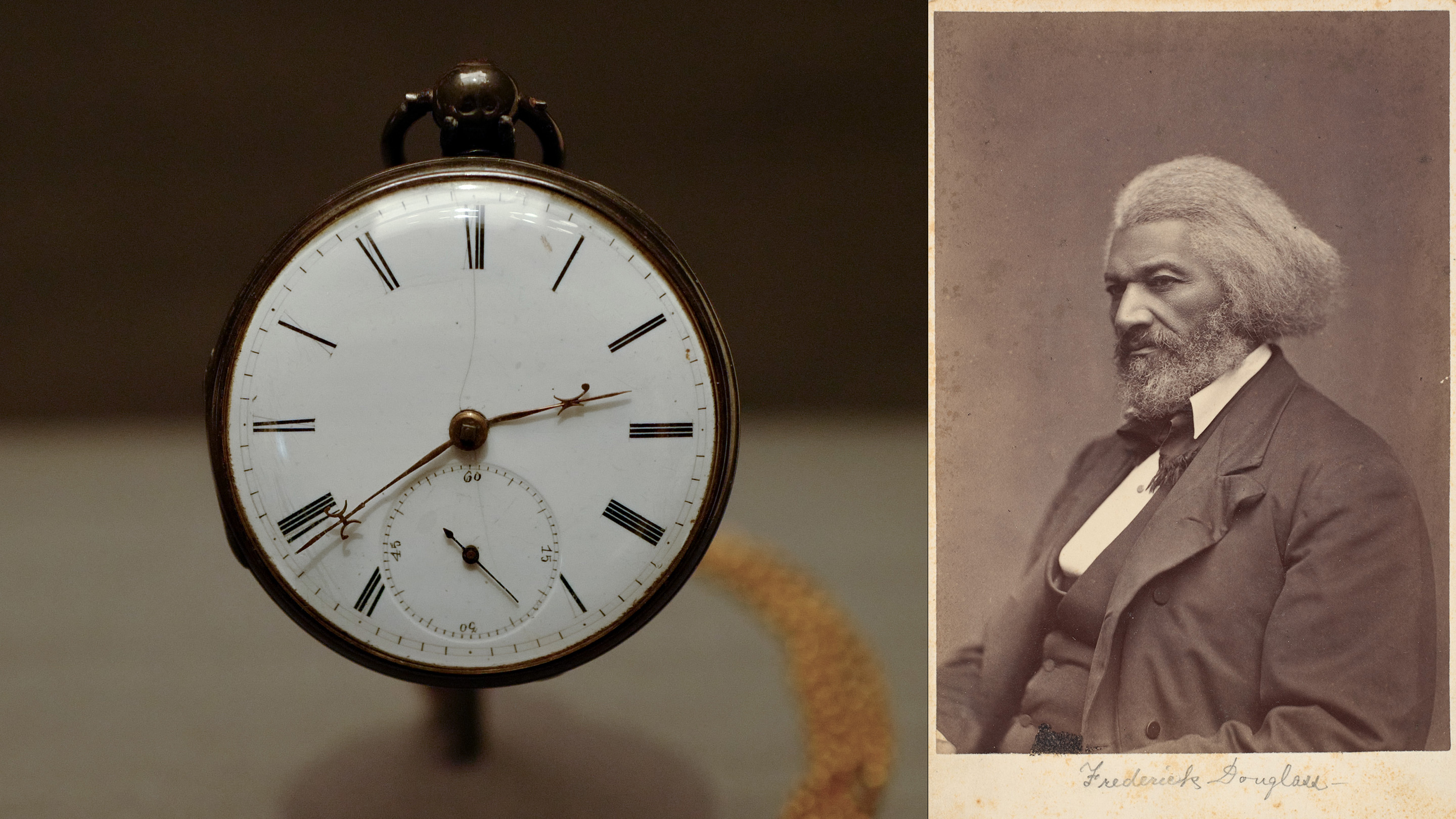
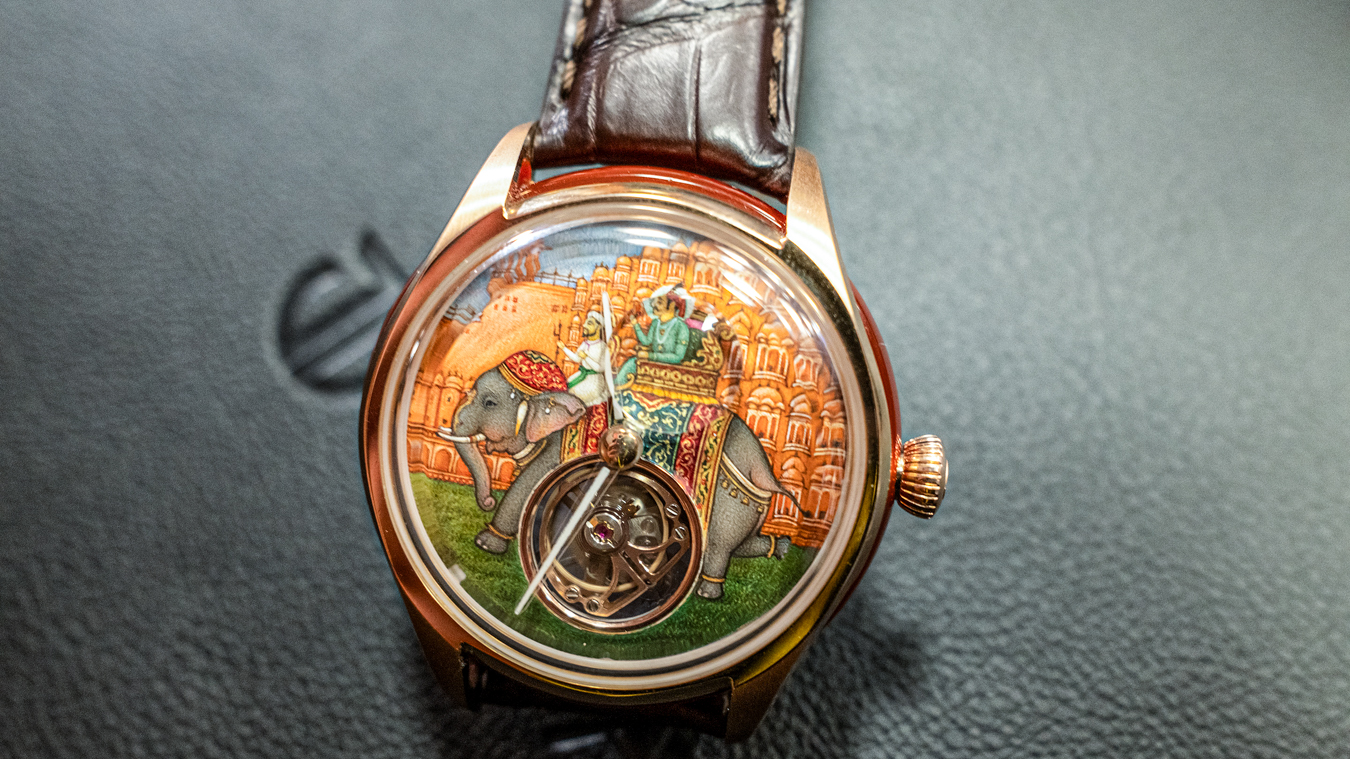

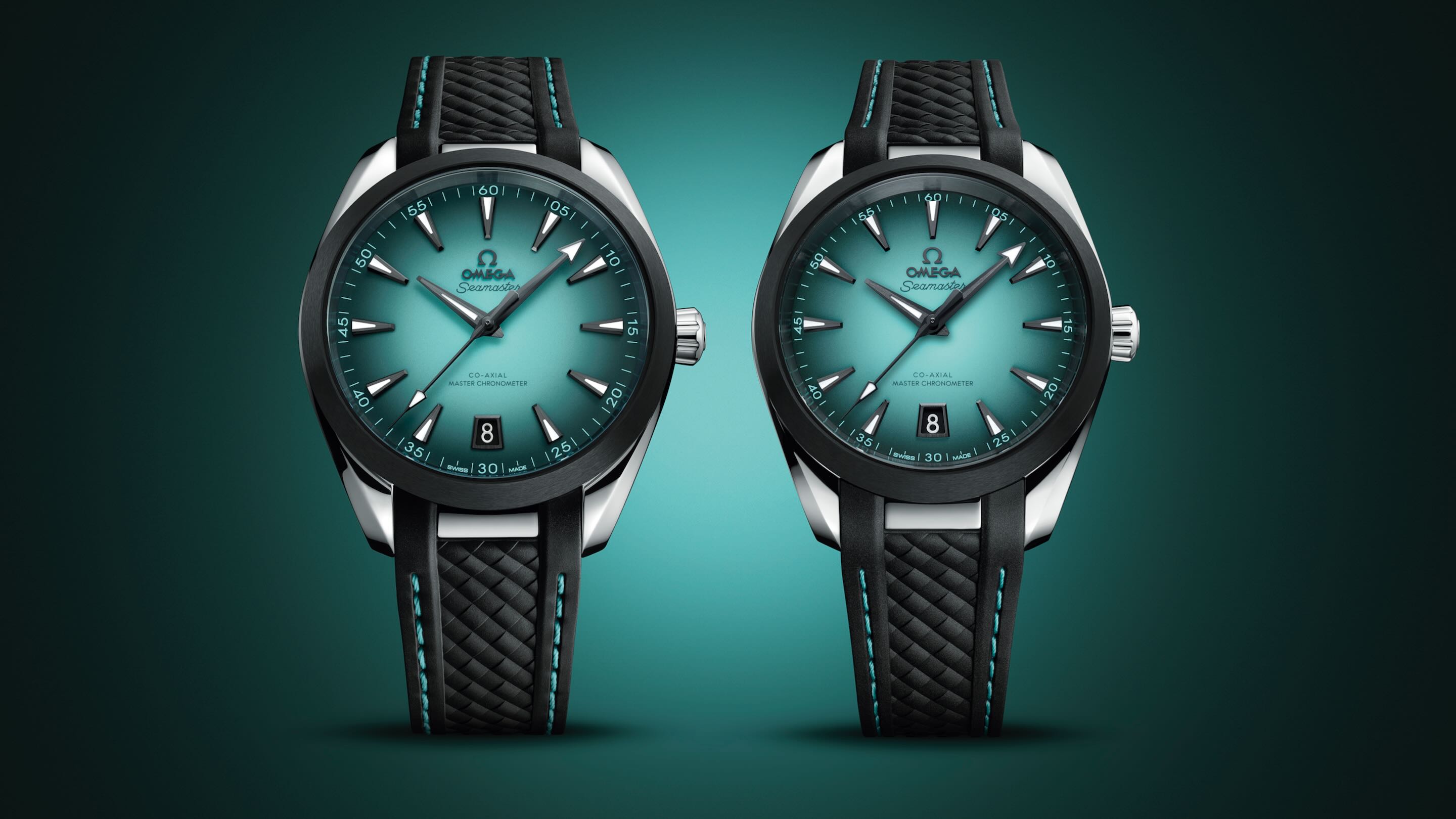
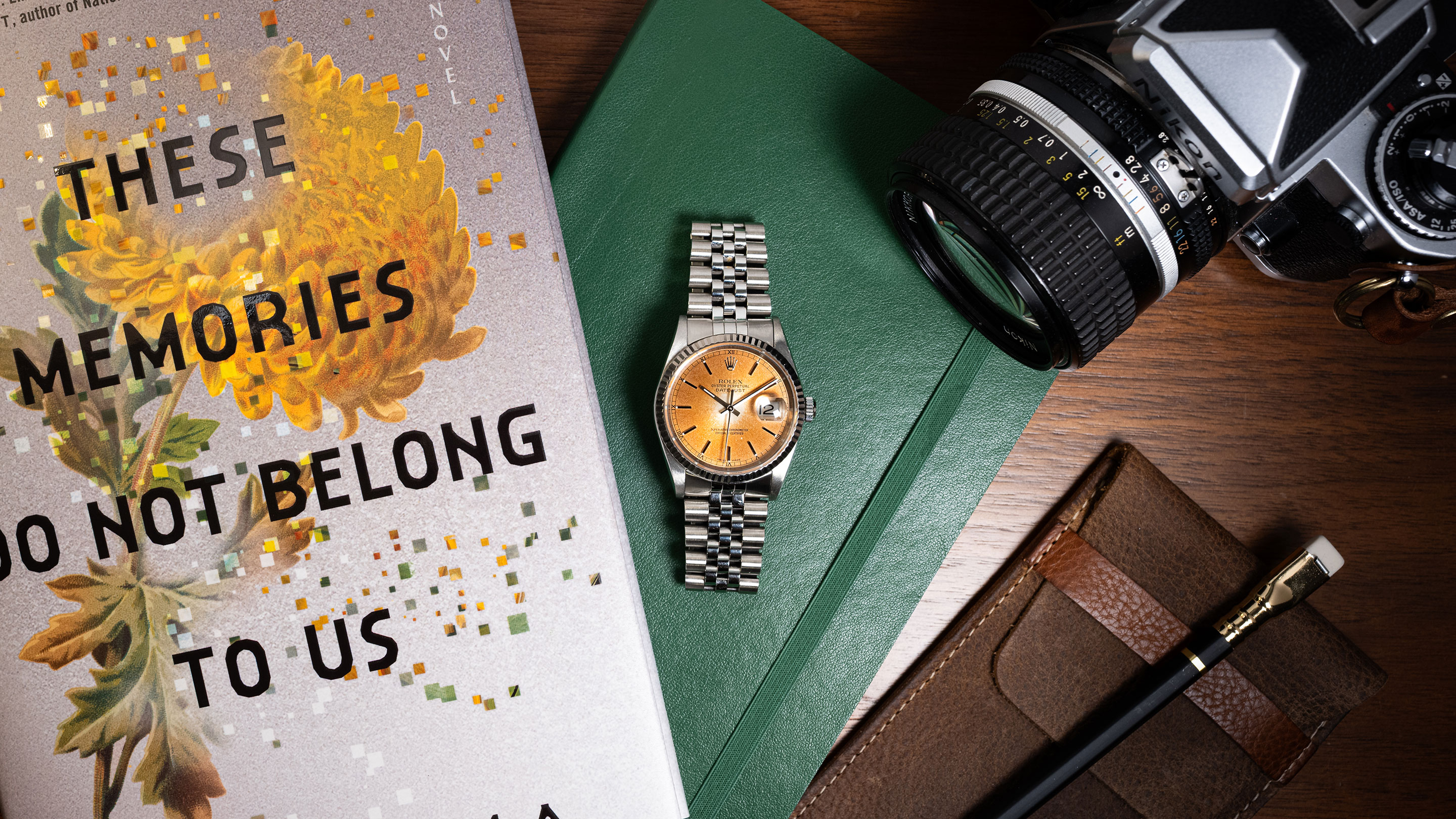
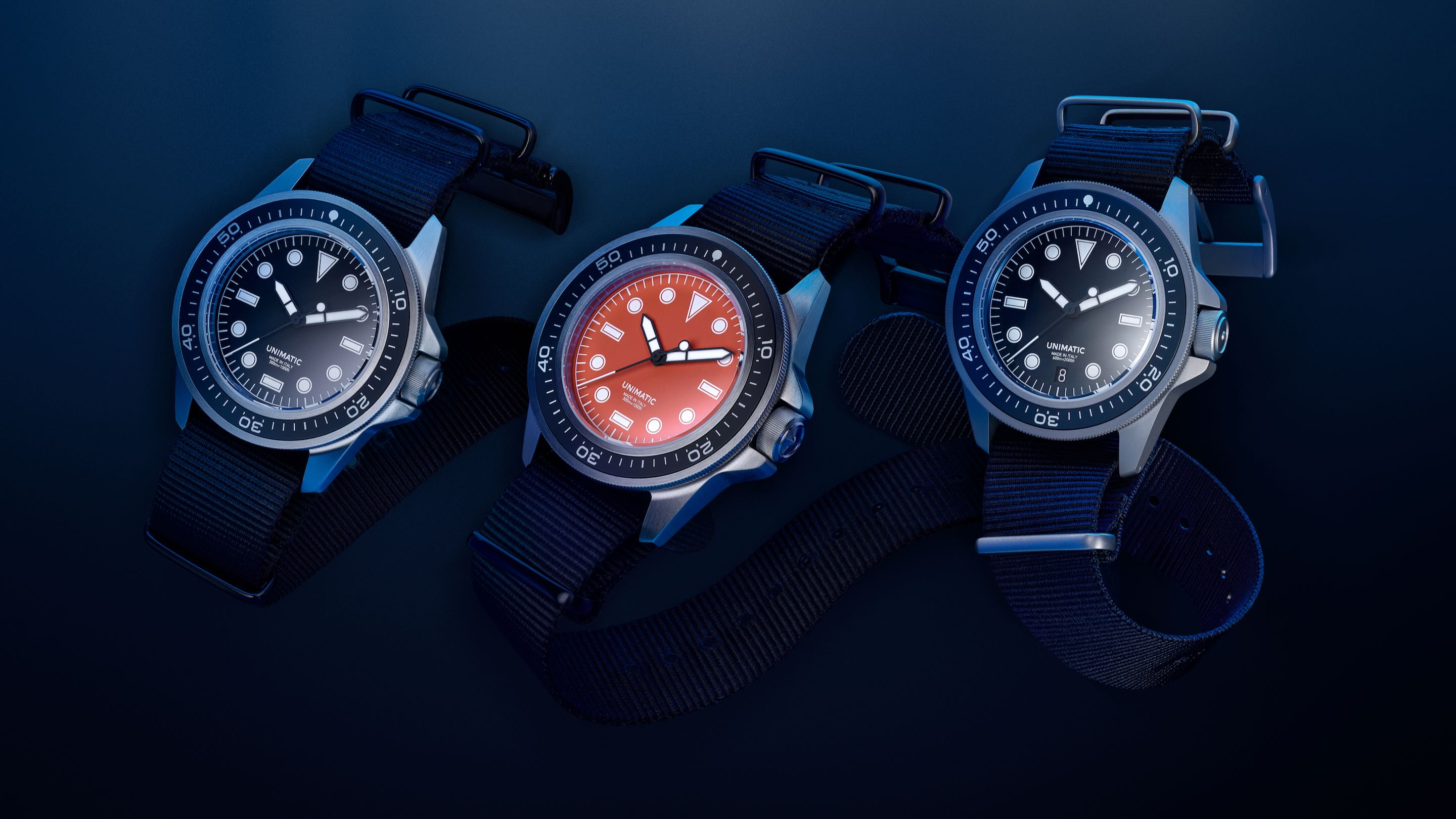
Top Discussions
IntroducingThe Doxa Sub 200 'Dune'
Hands-OnPaulin Dives Into Tool Watch Design With The Mara
IntroducingTime+Tide And Dennison Would Like To Take You Out For A Special 'DateNight'